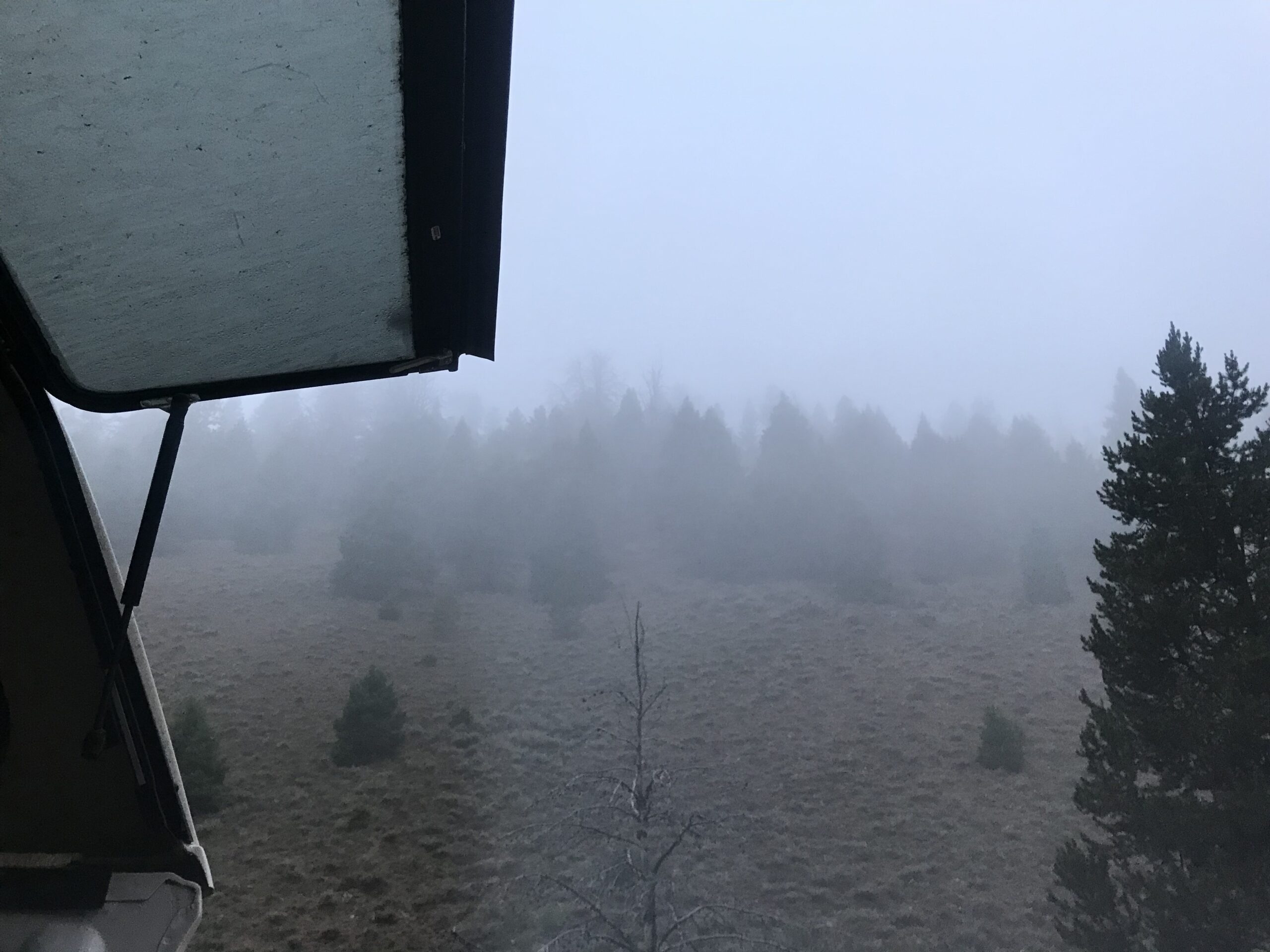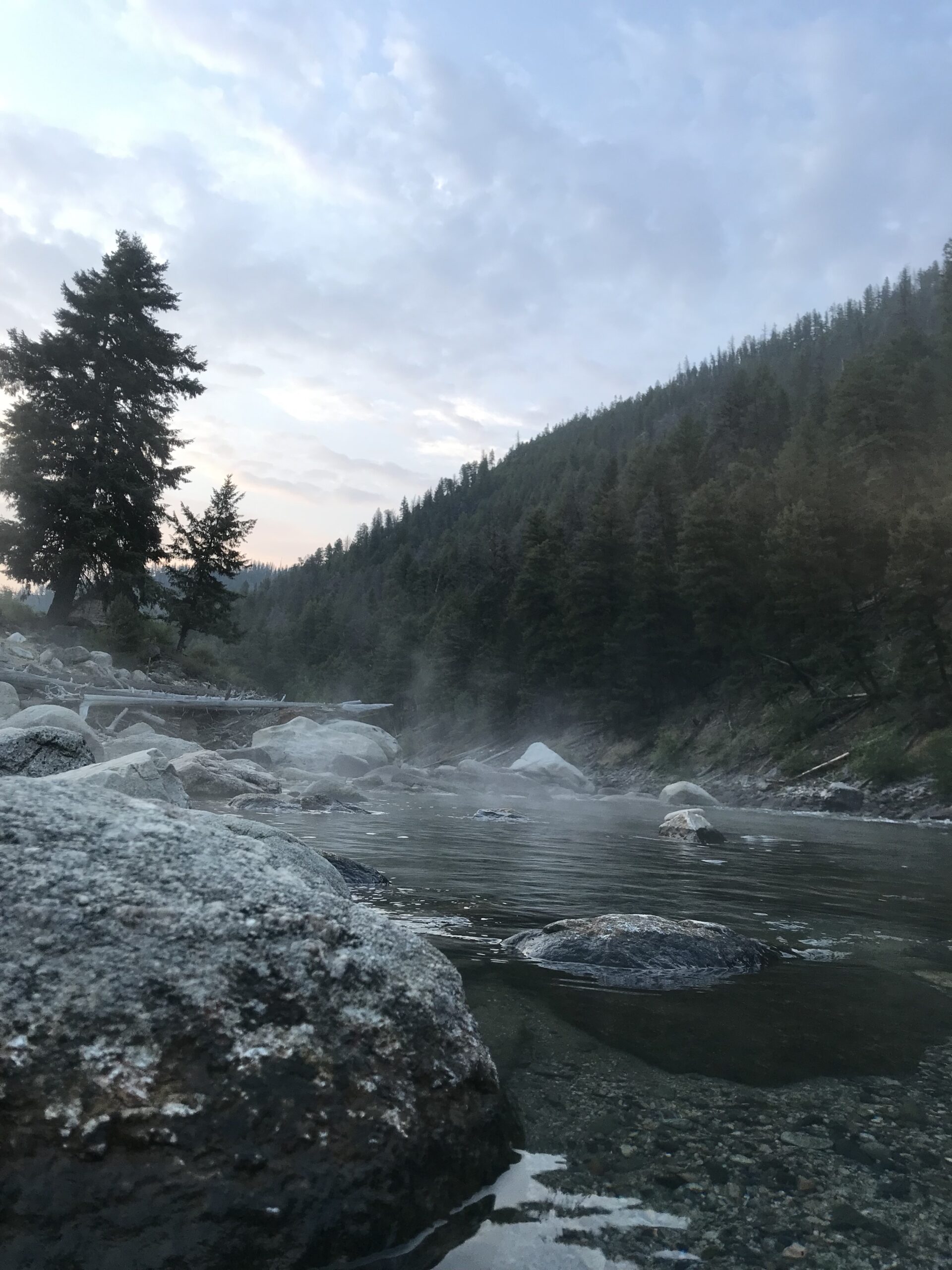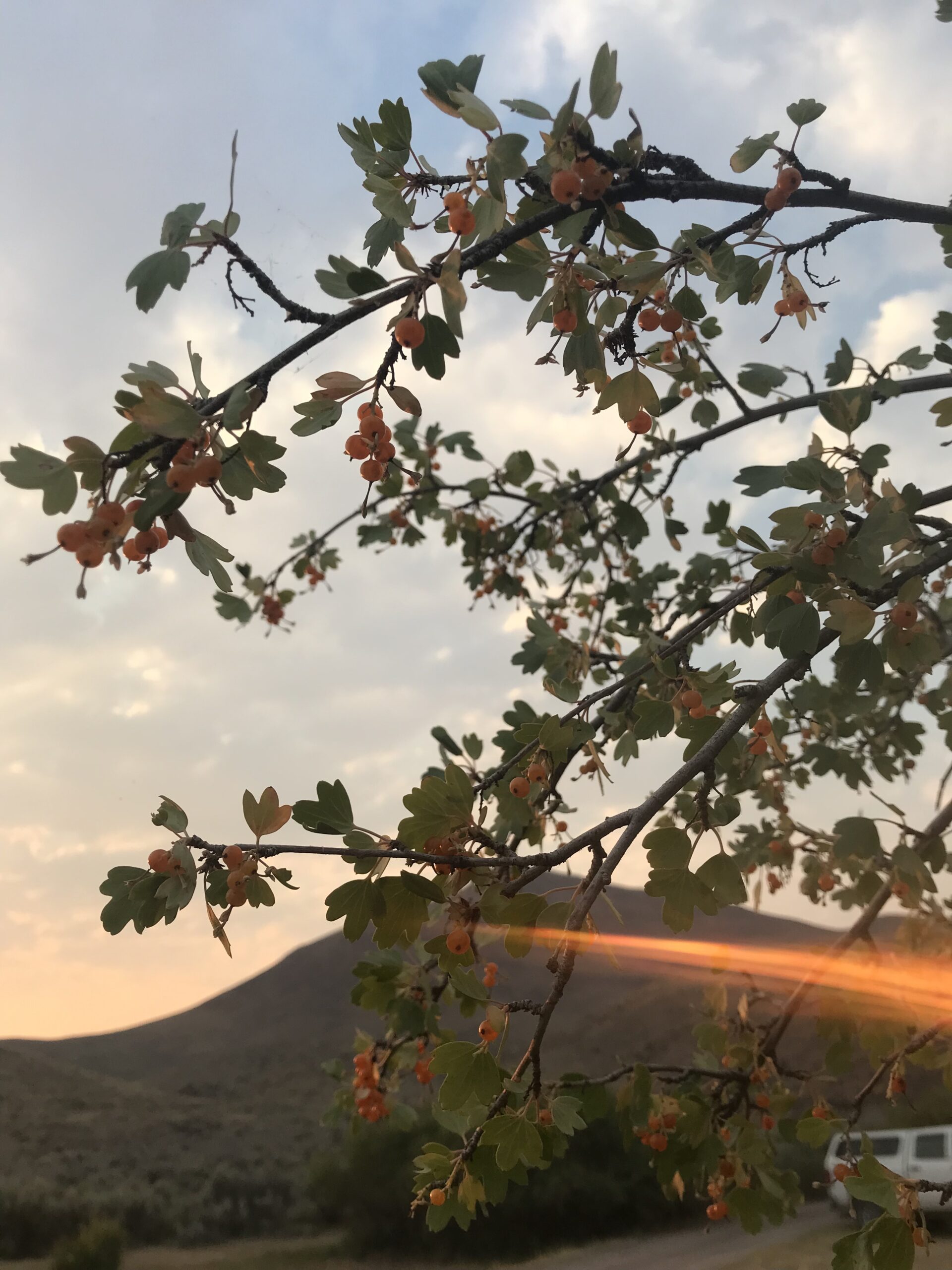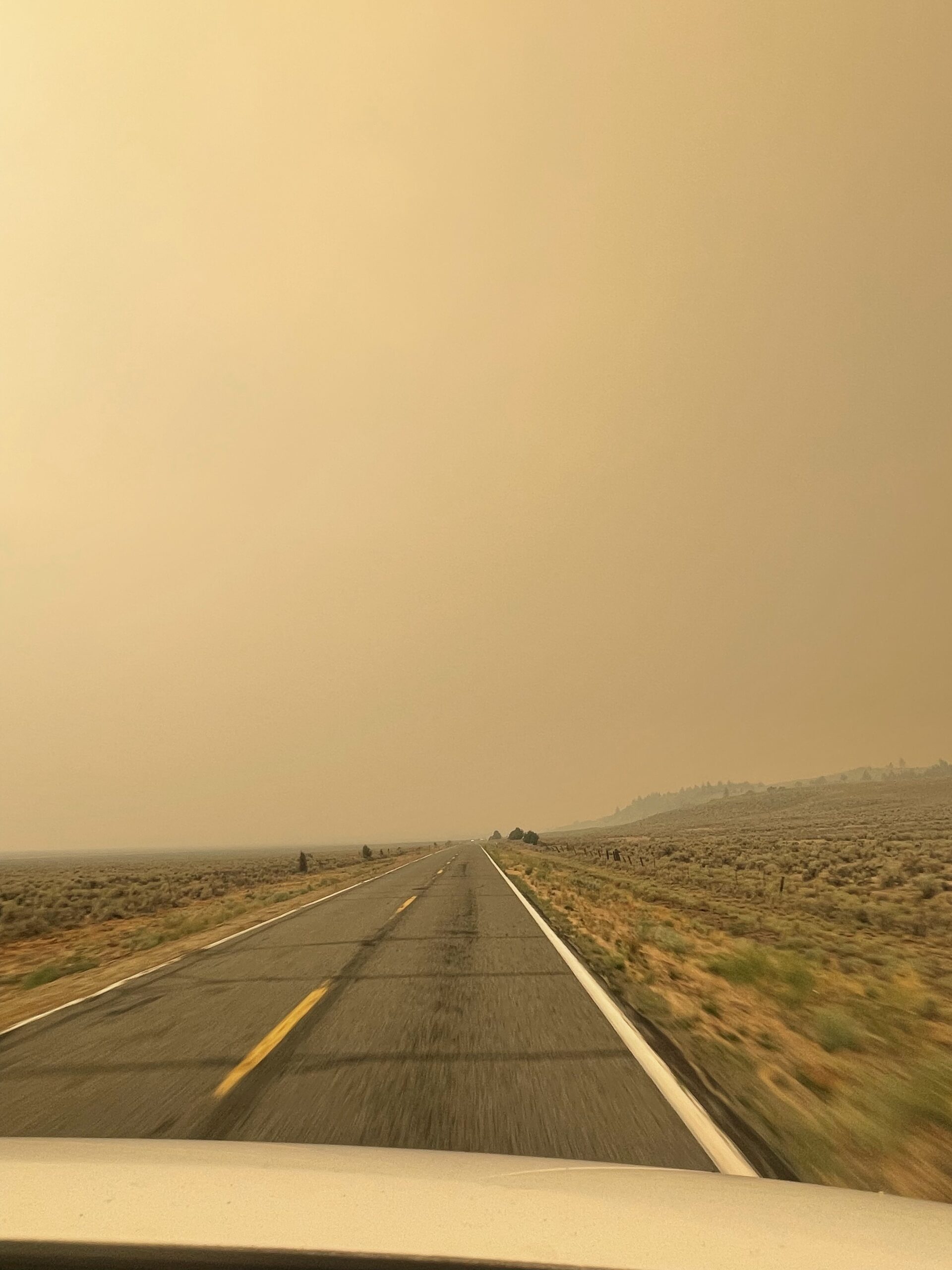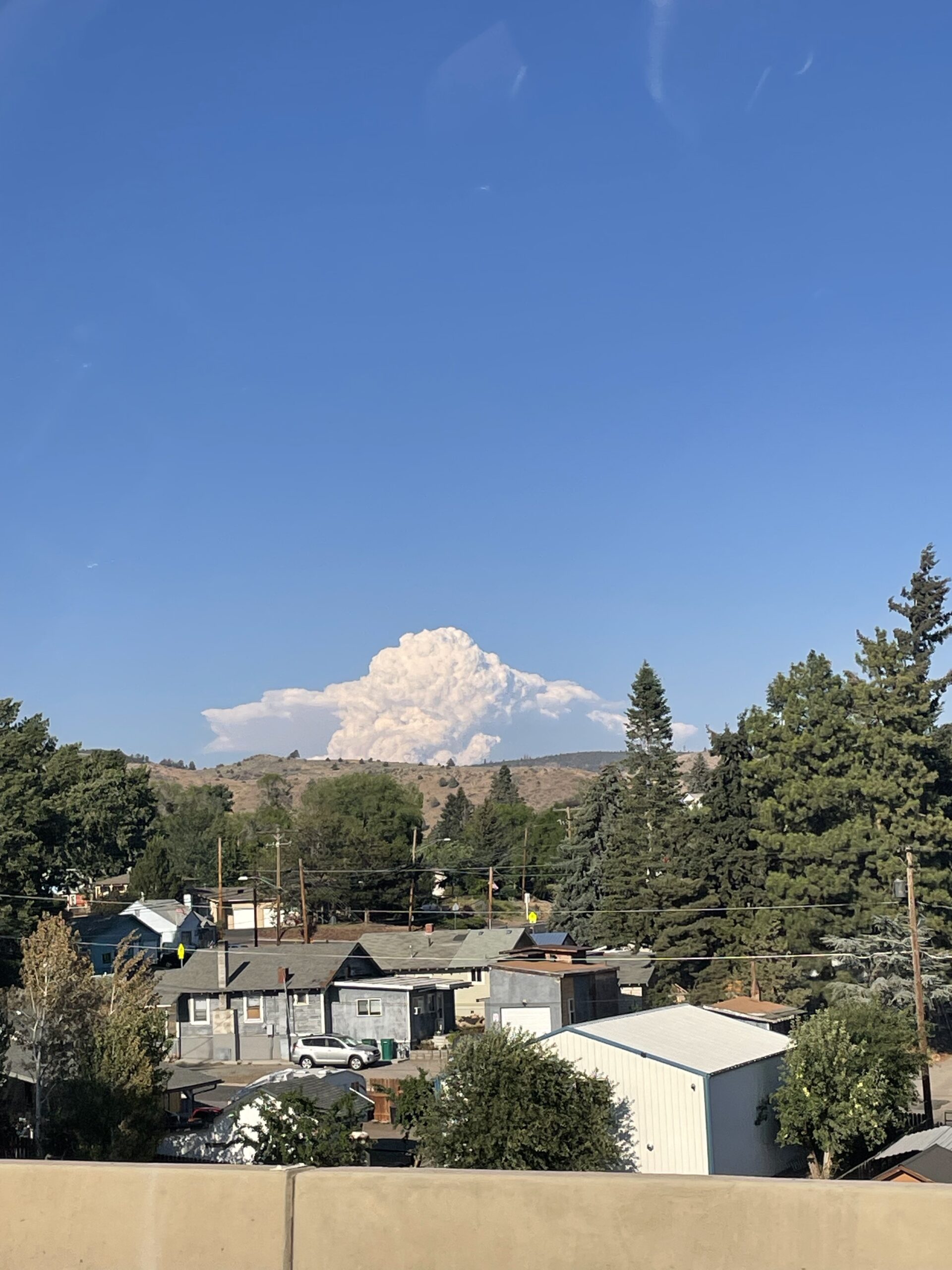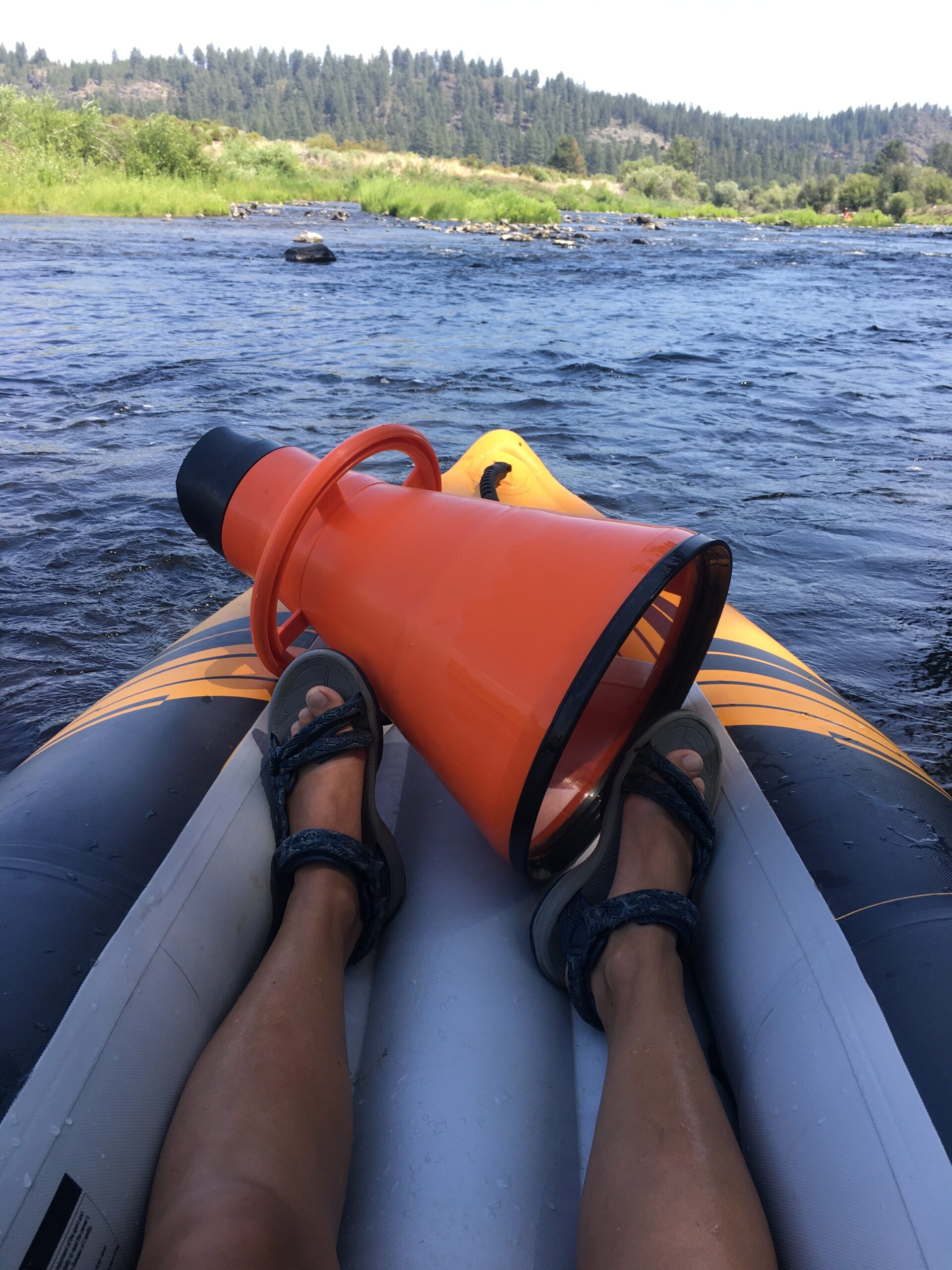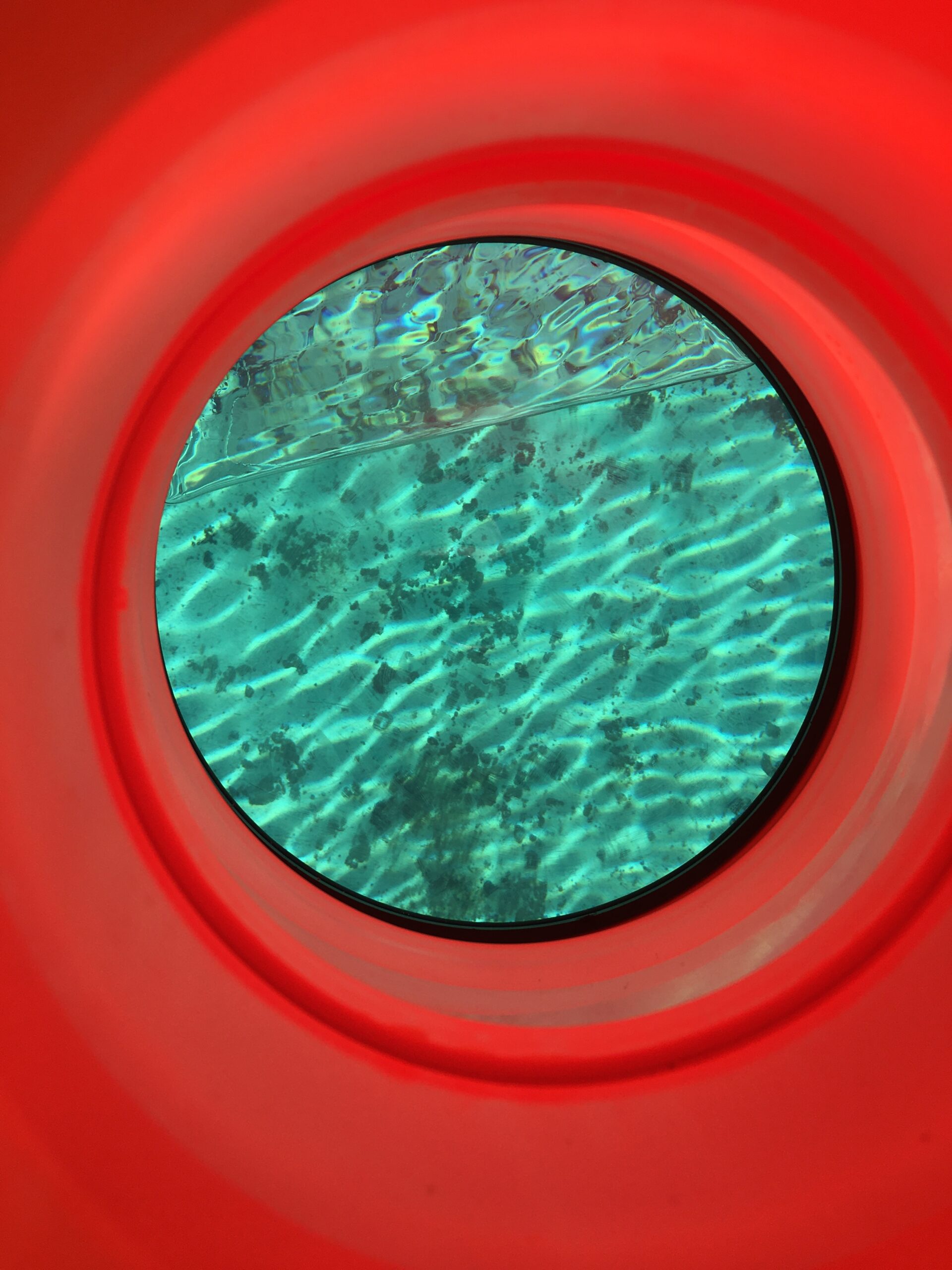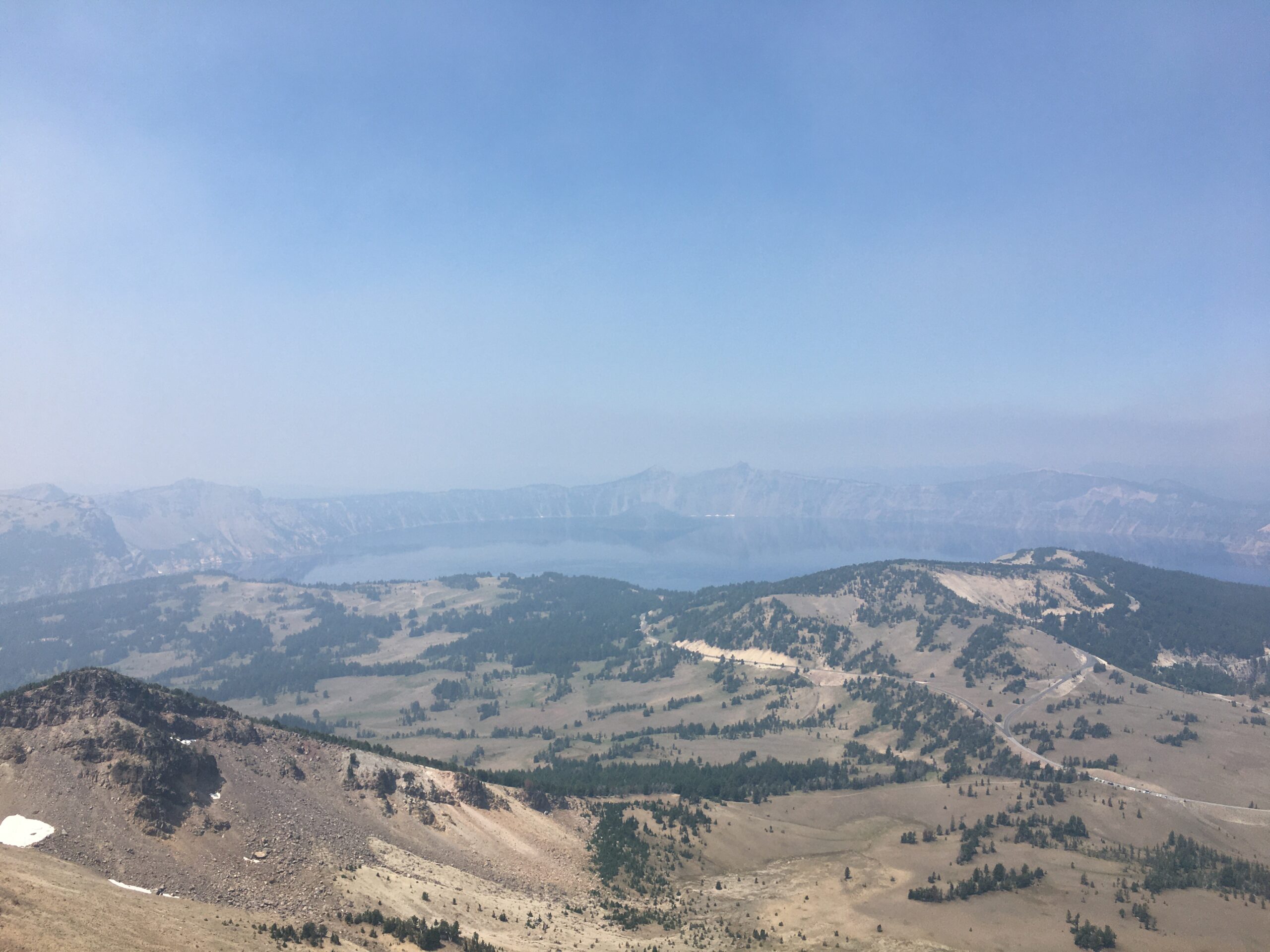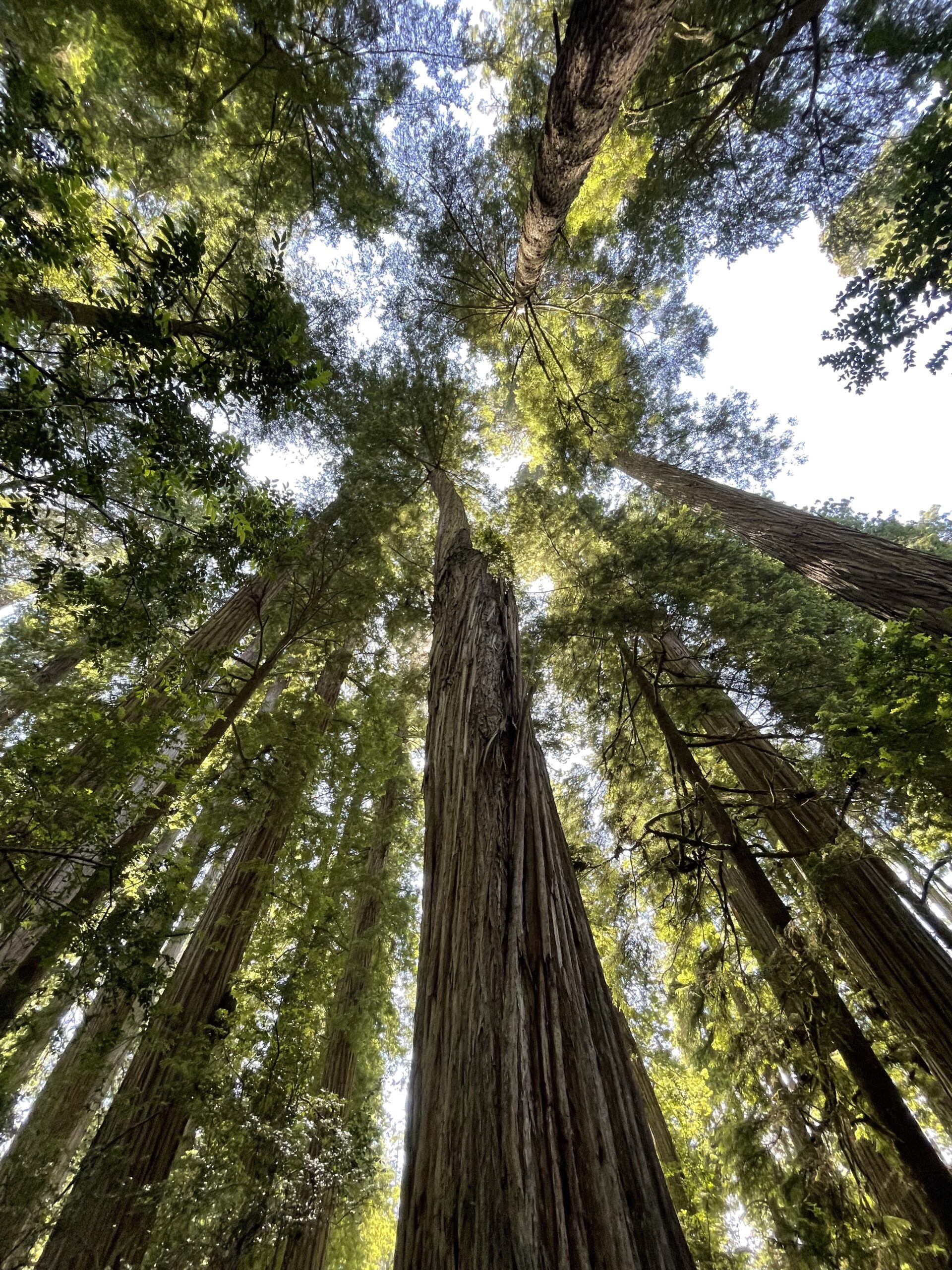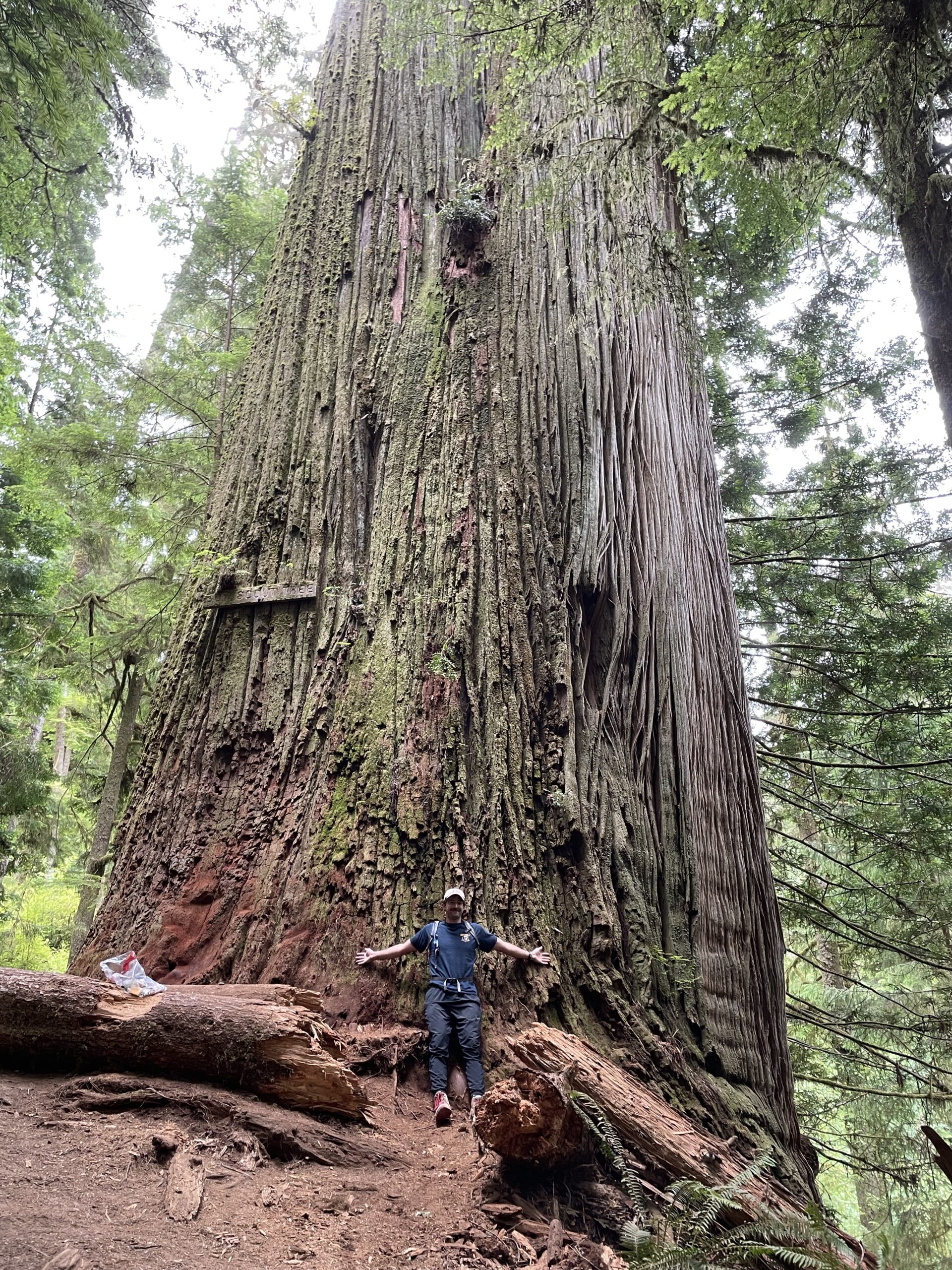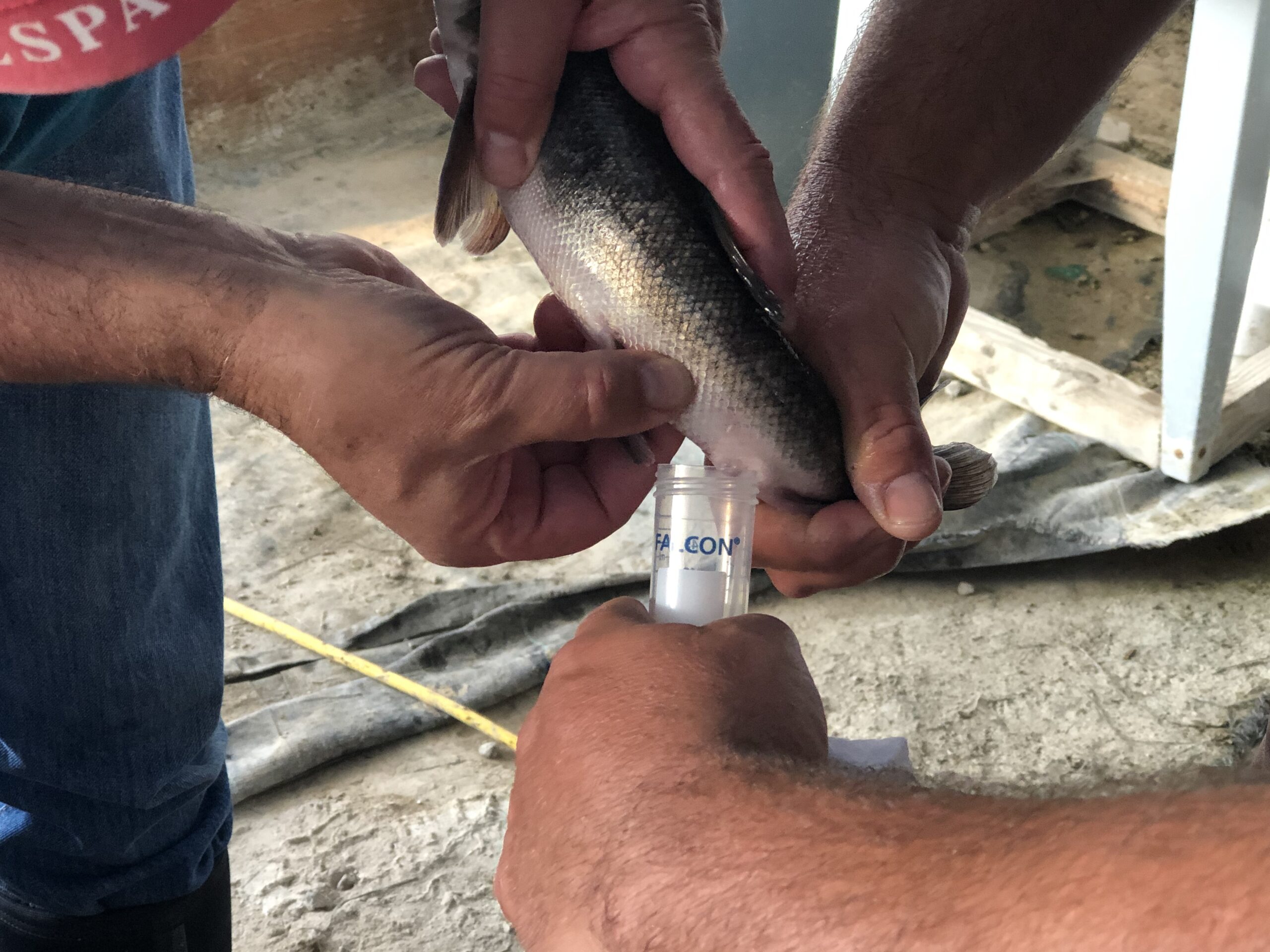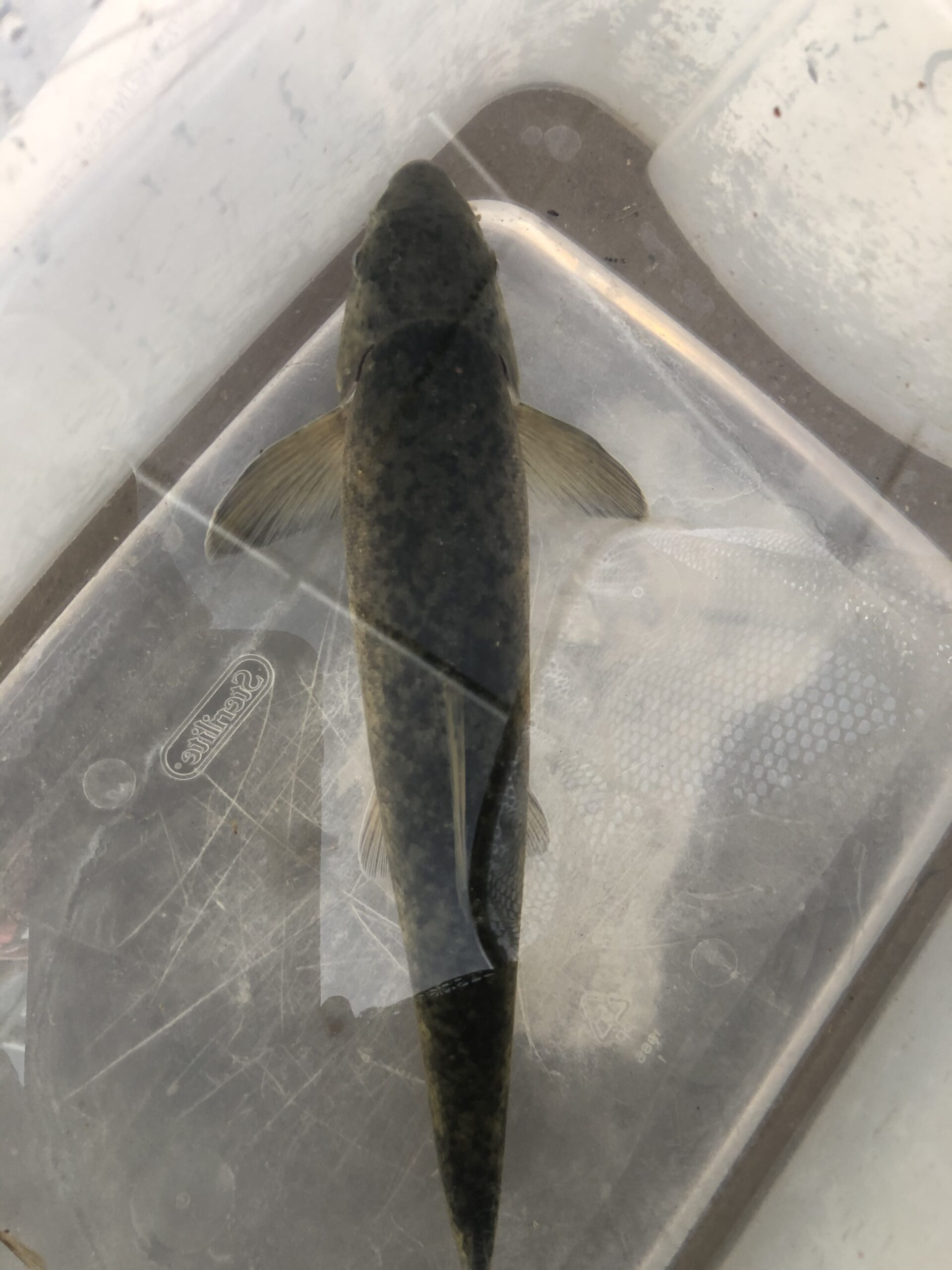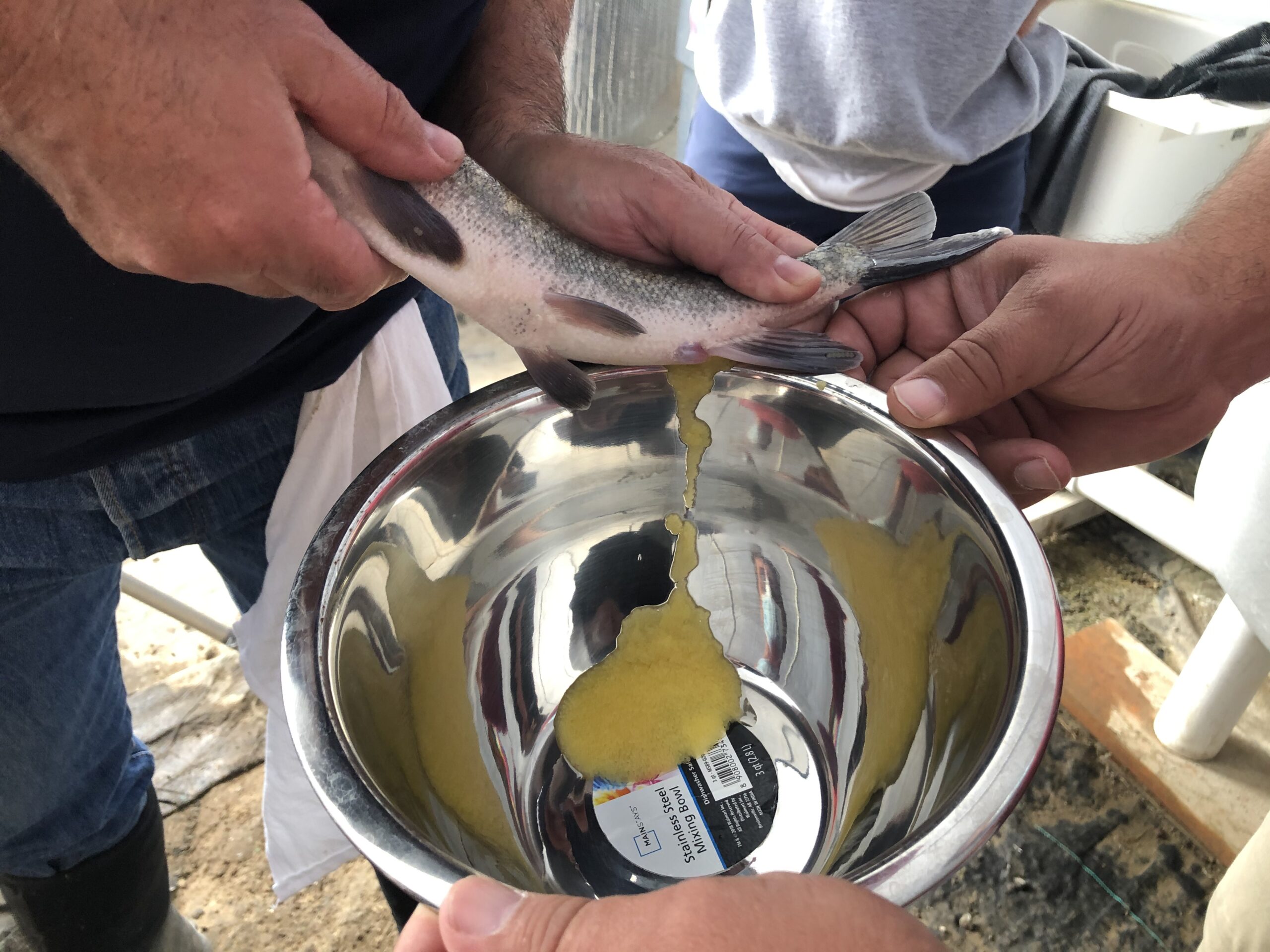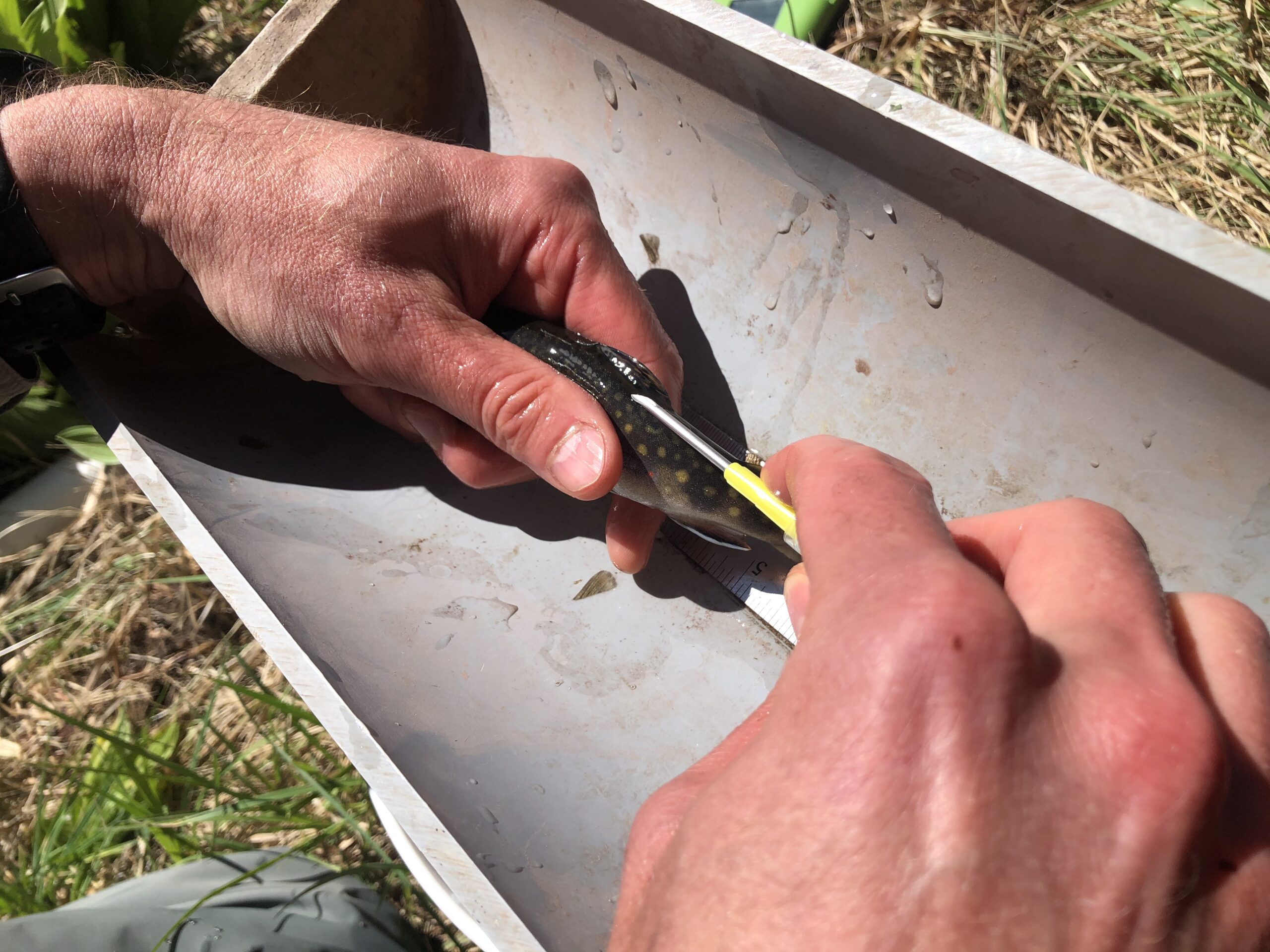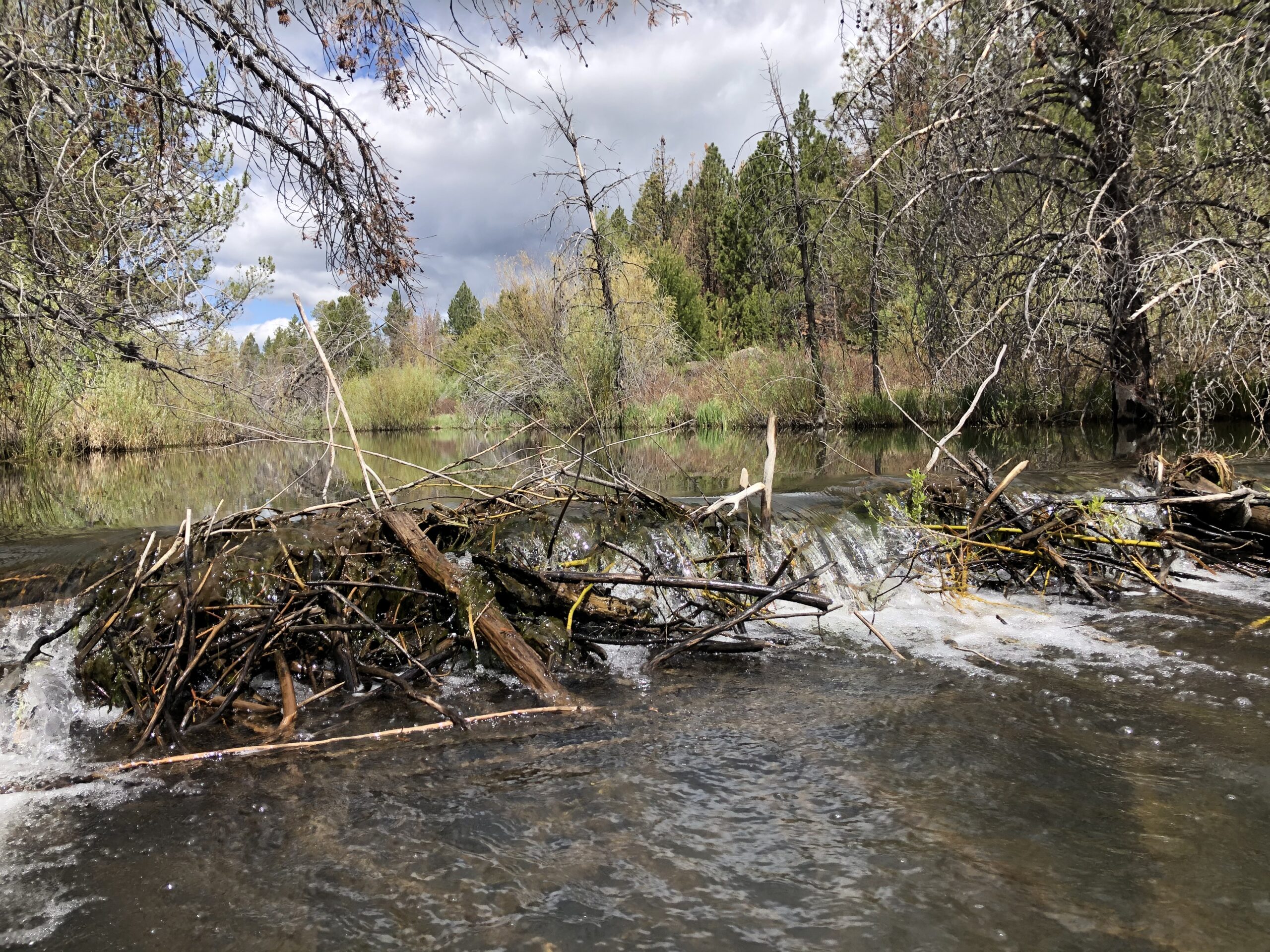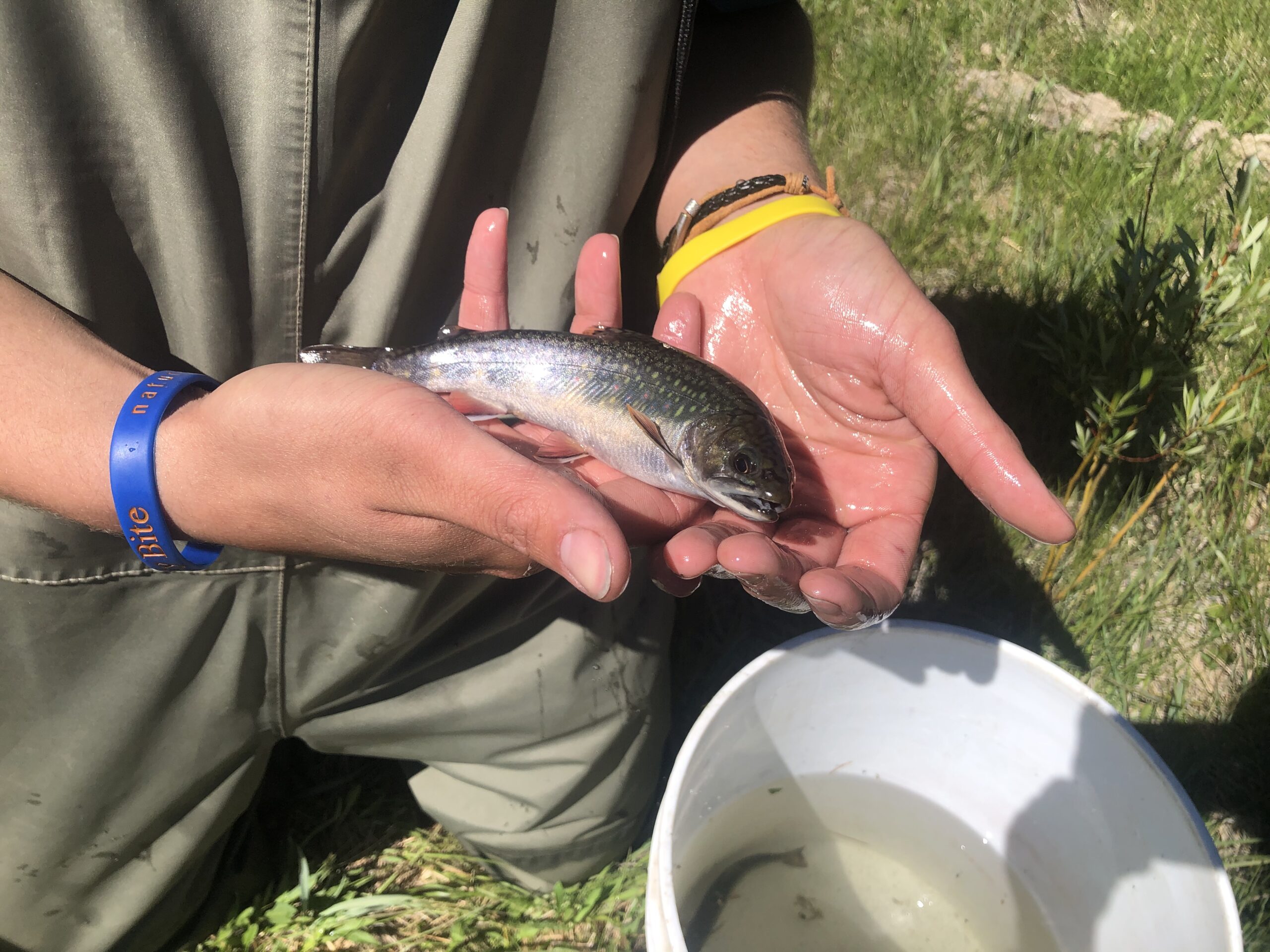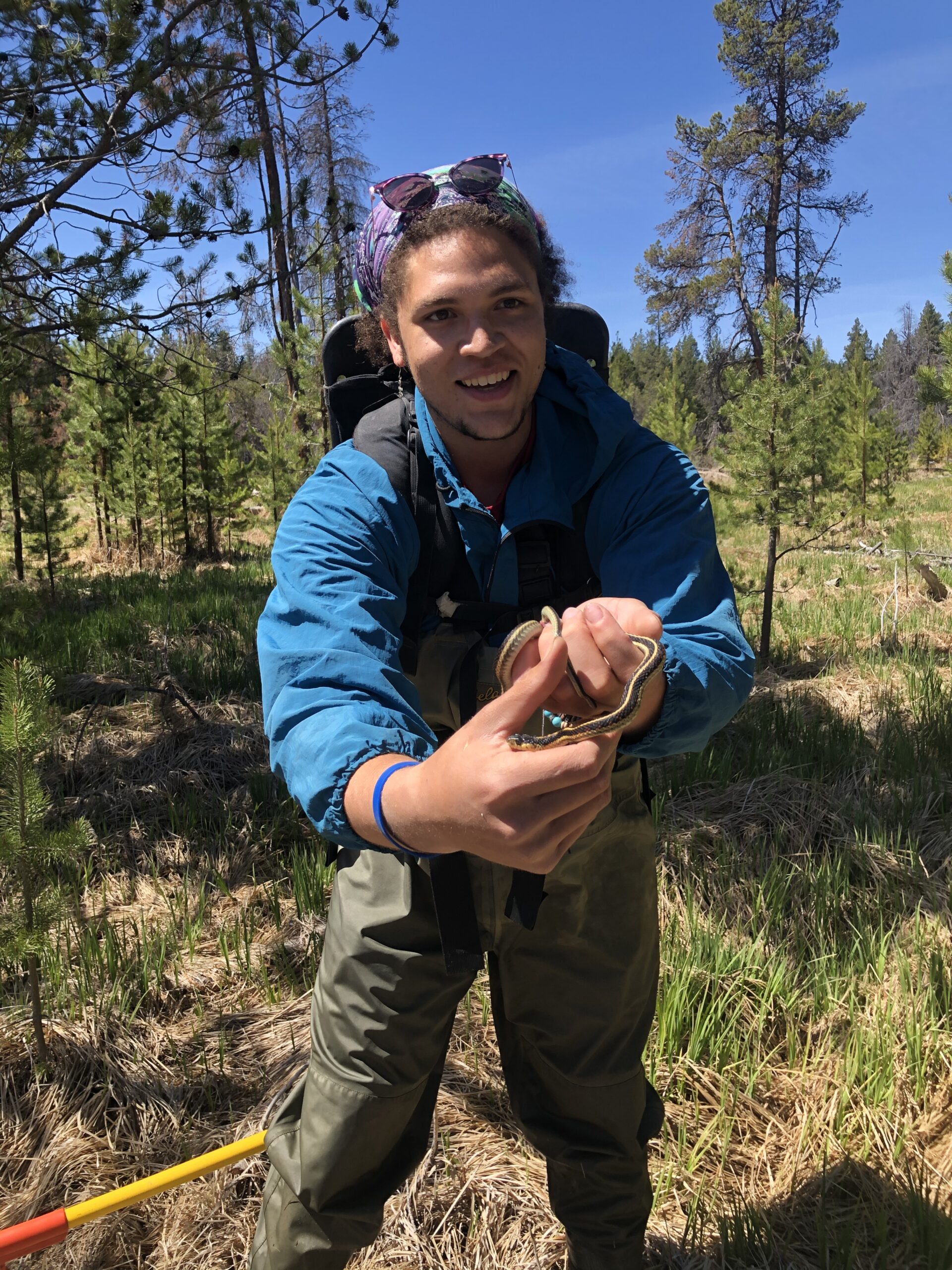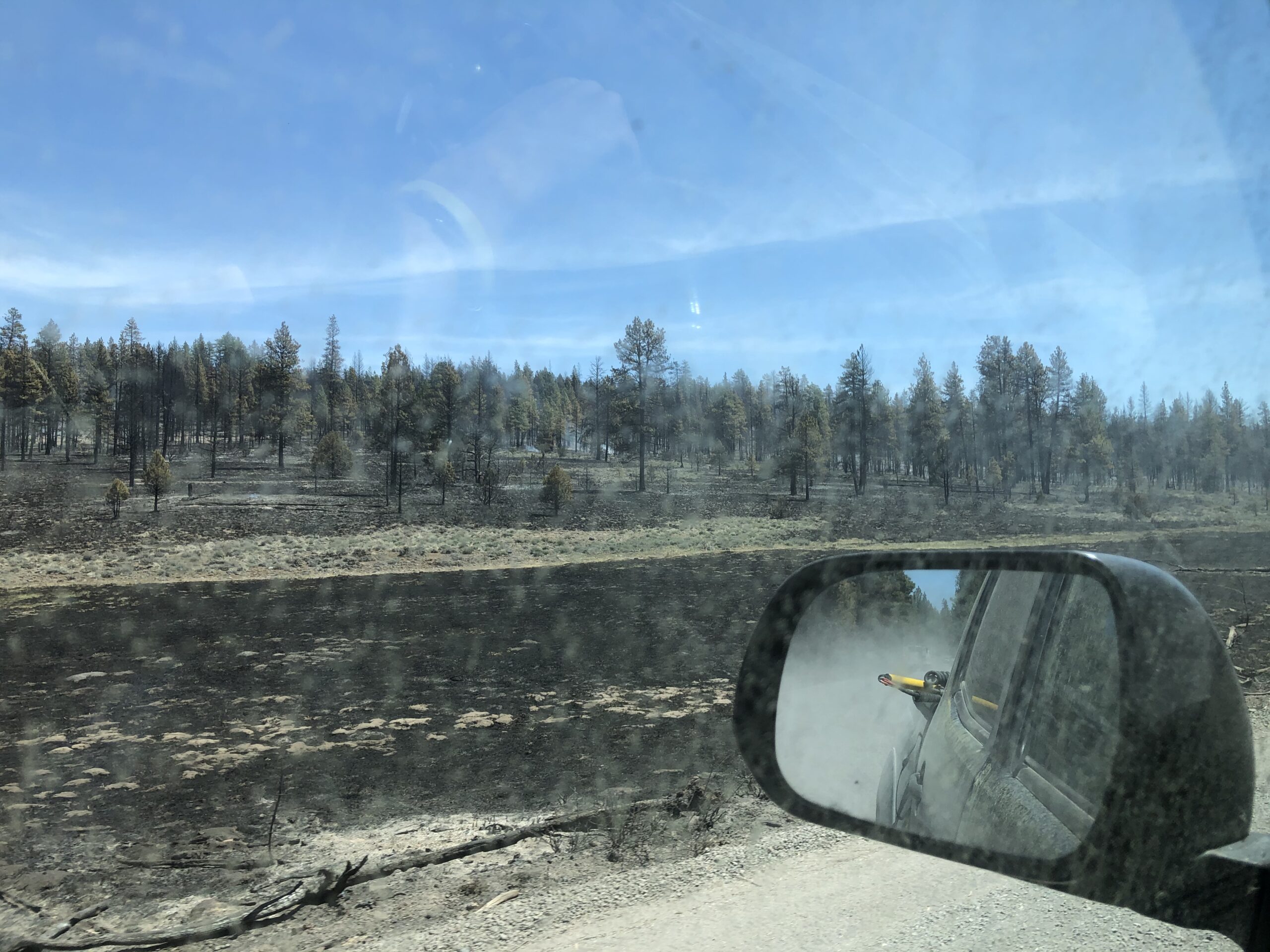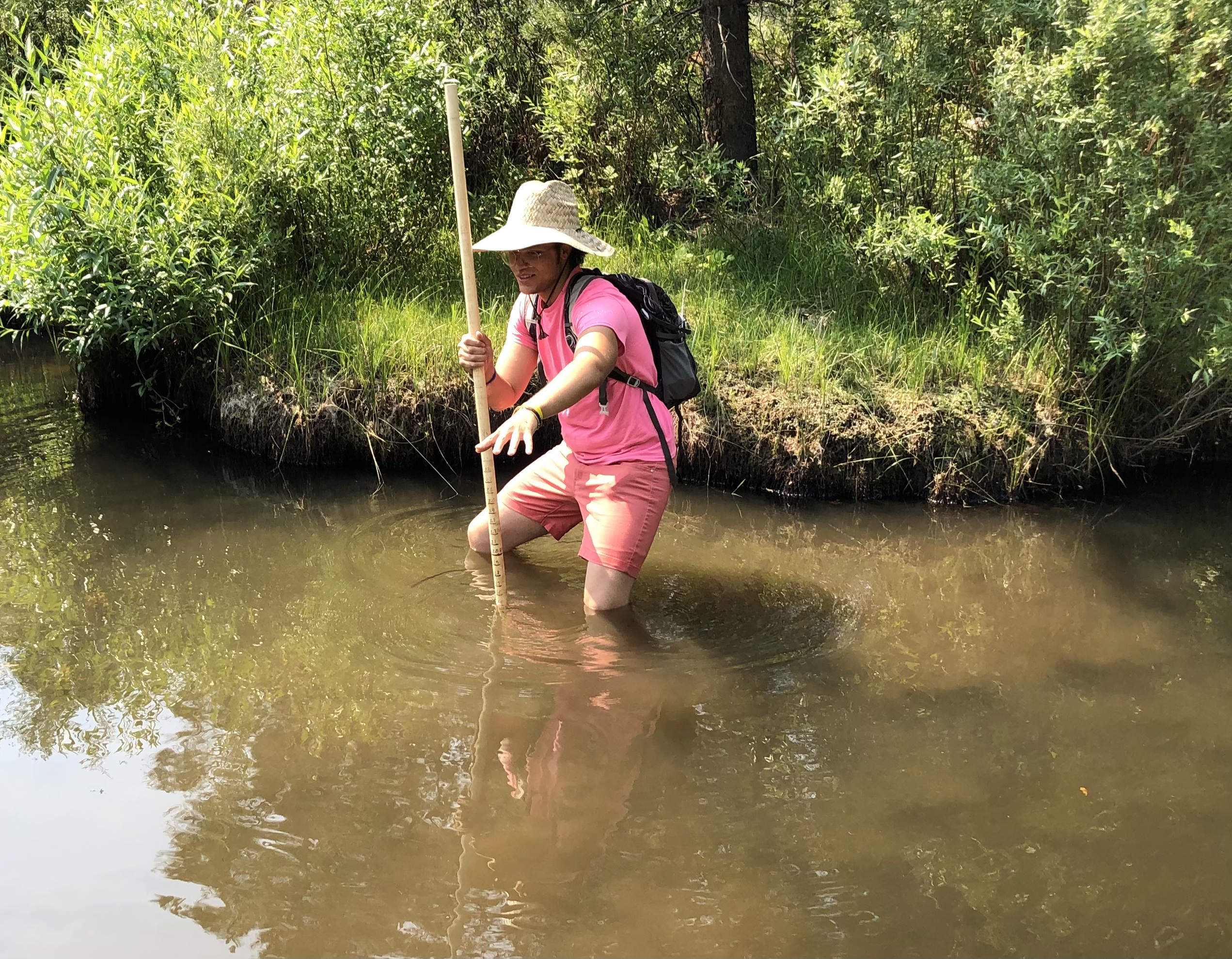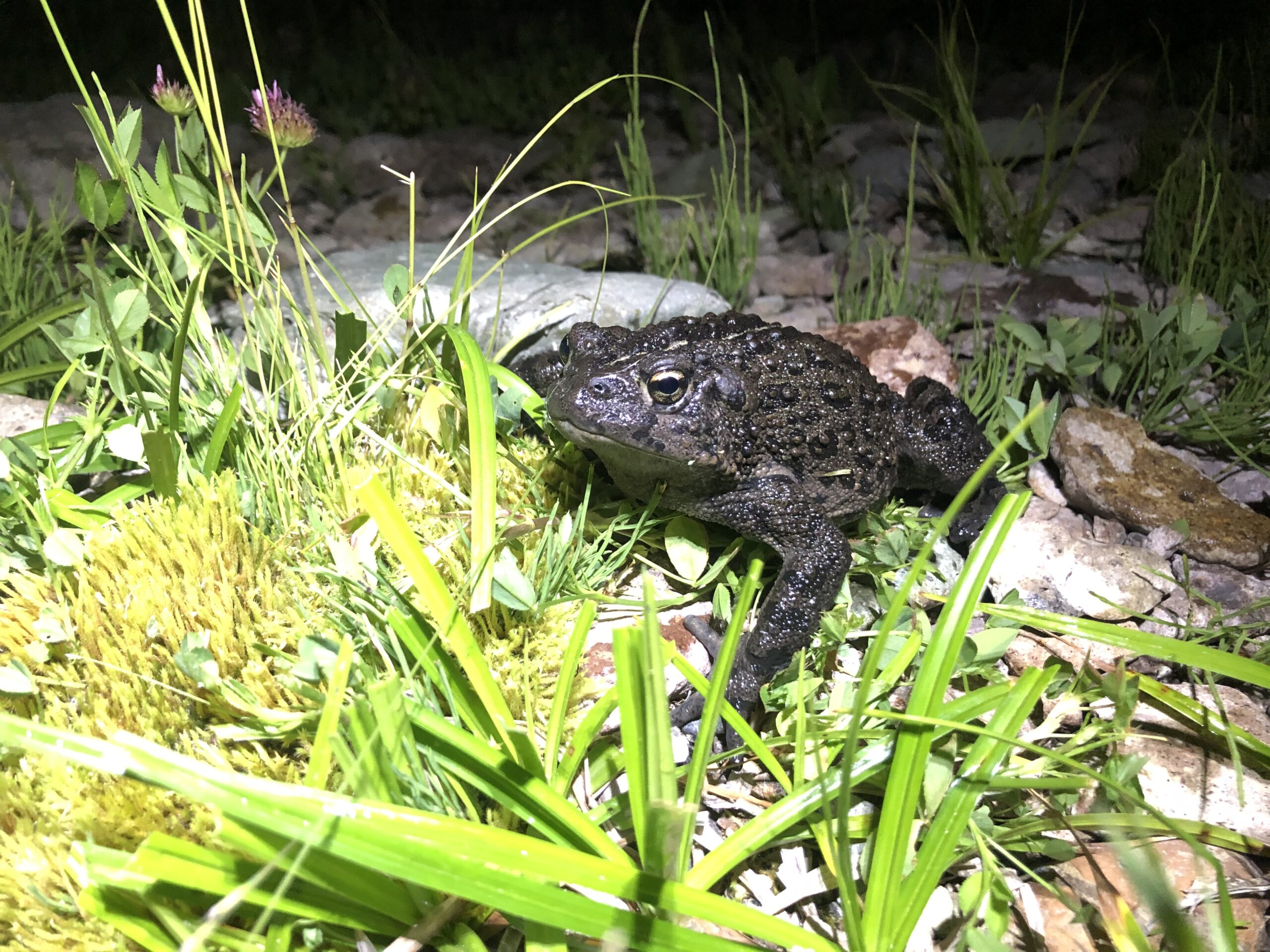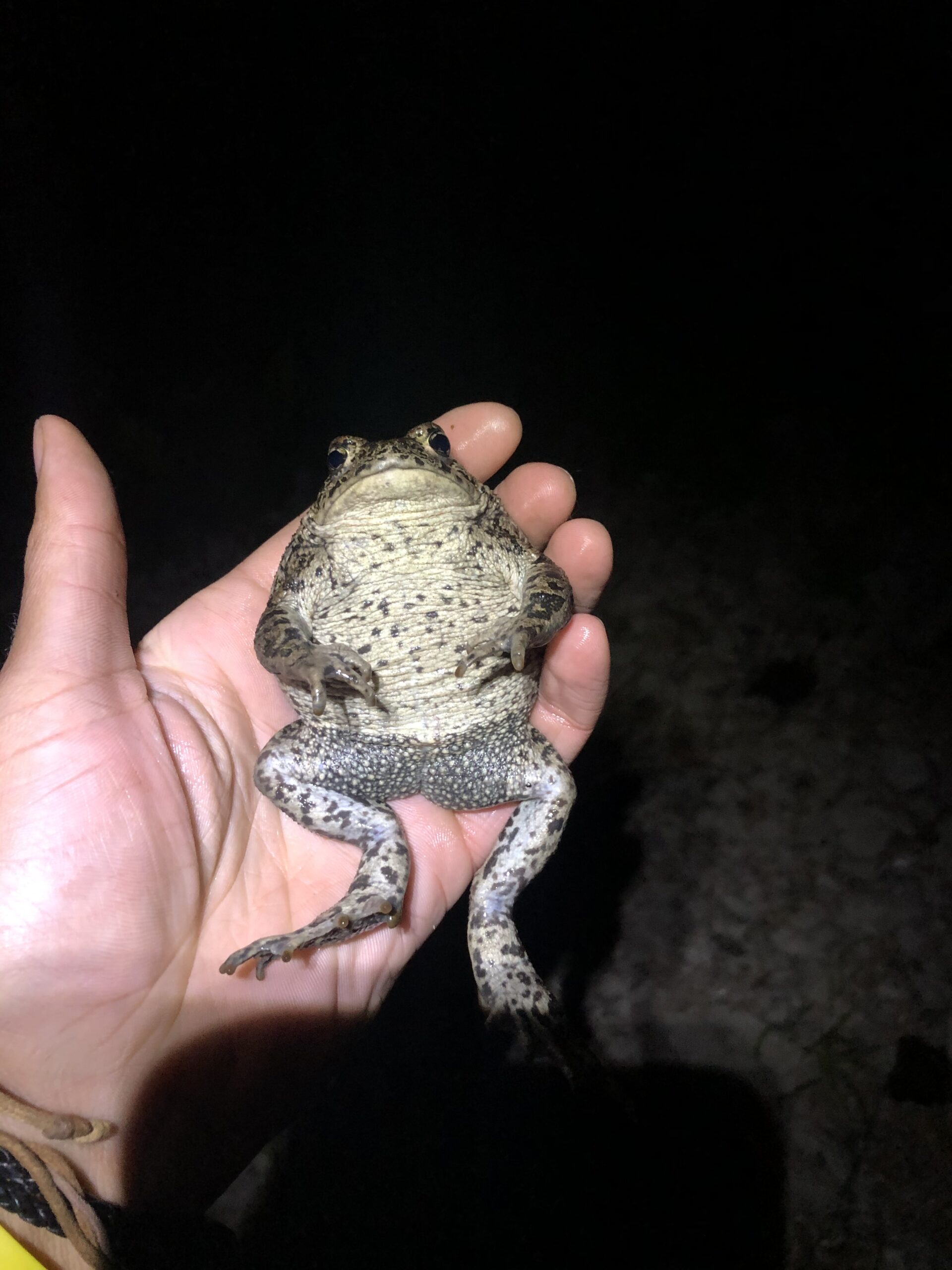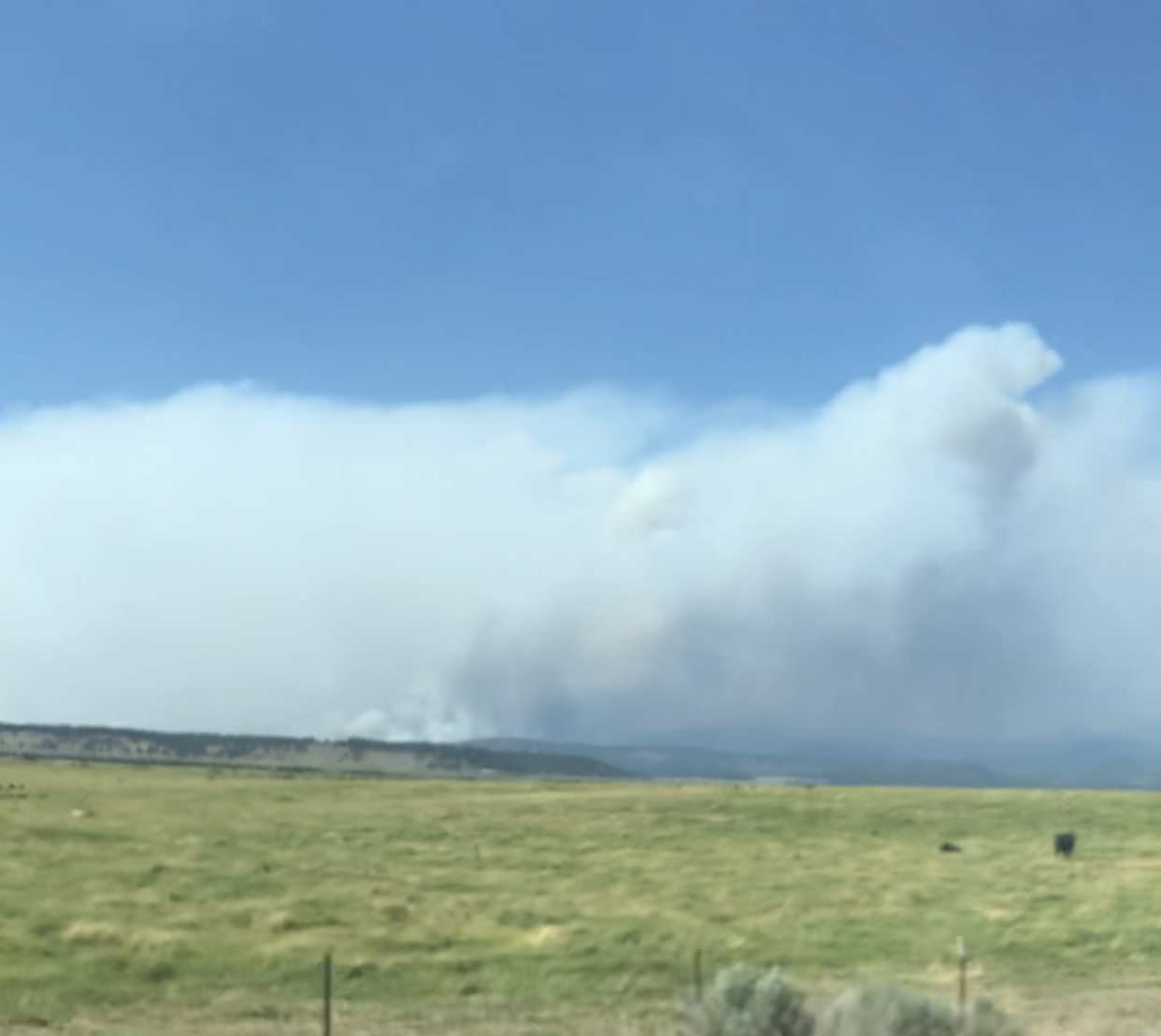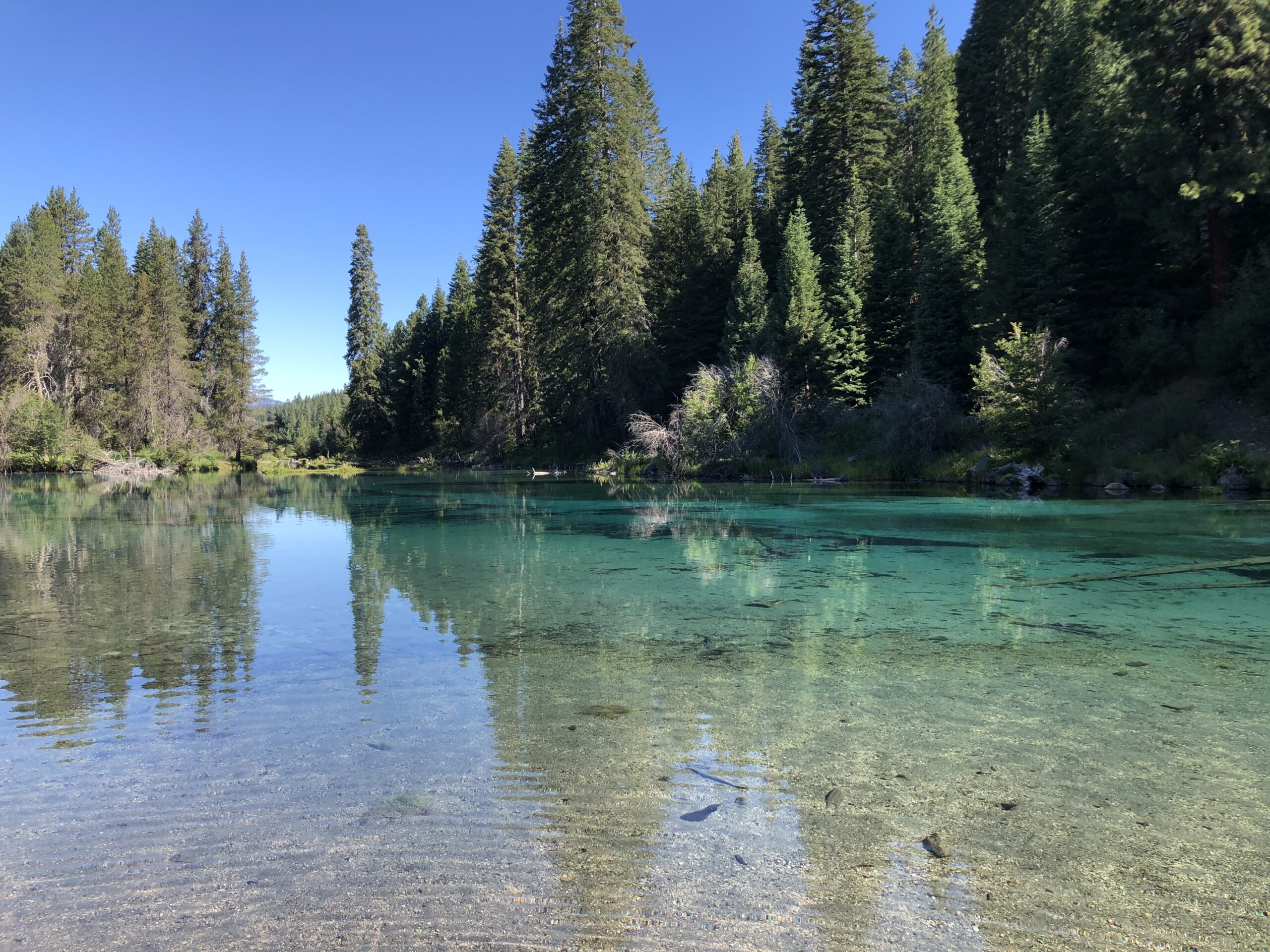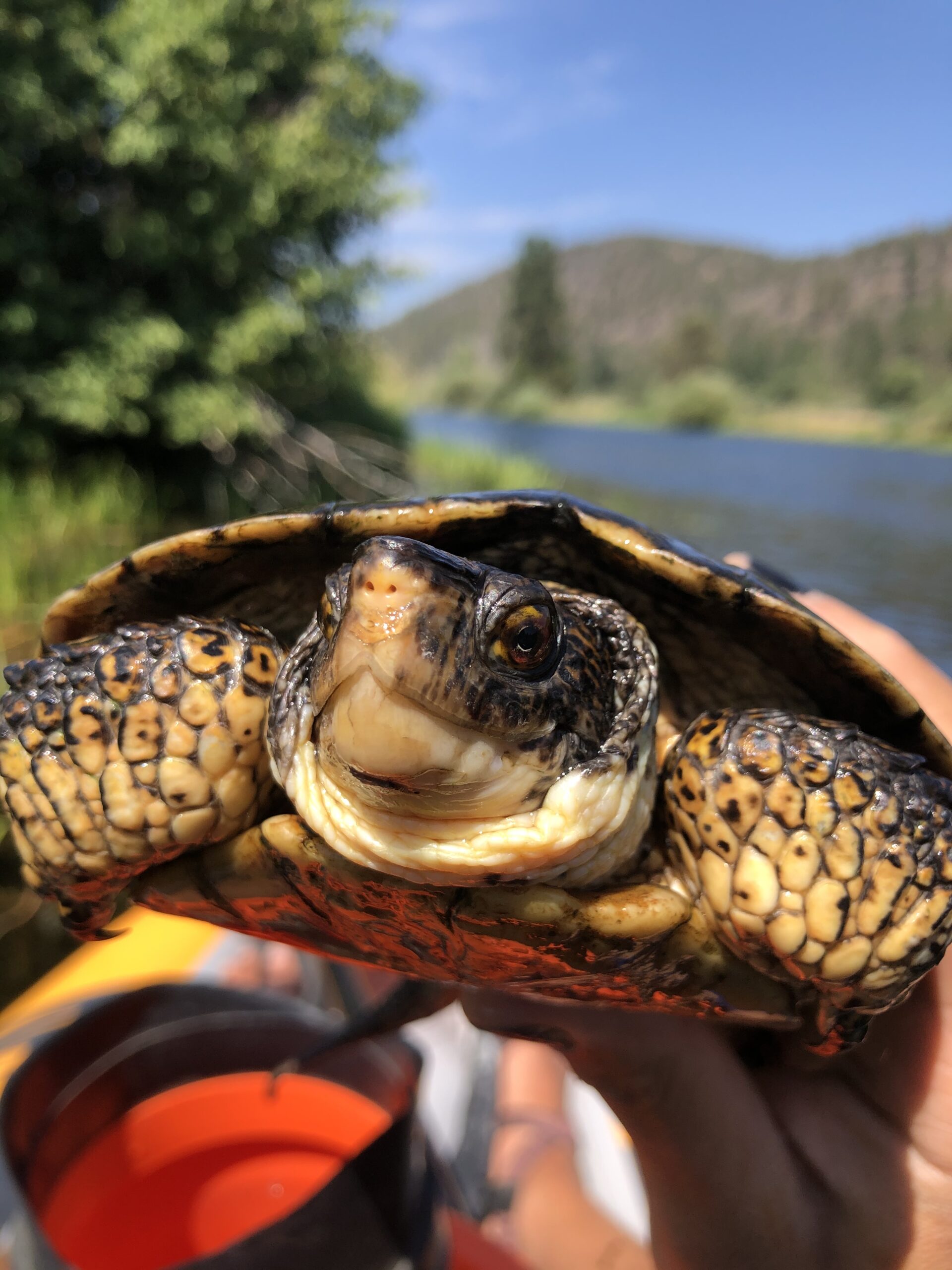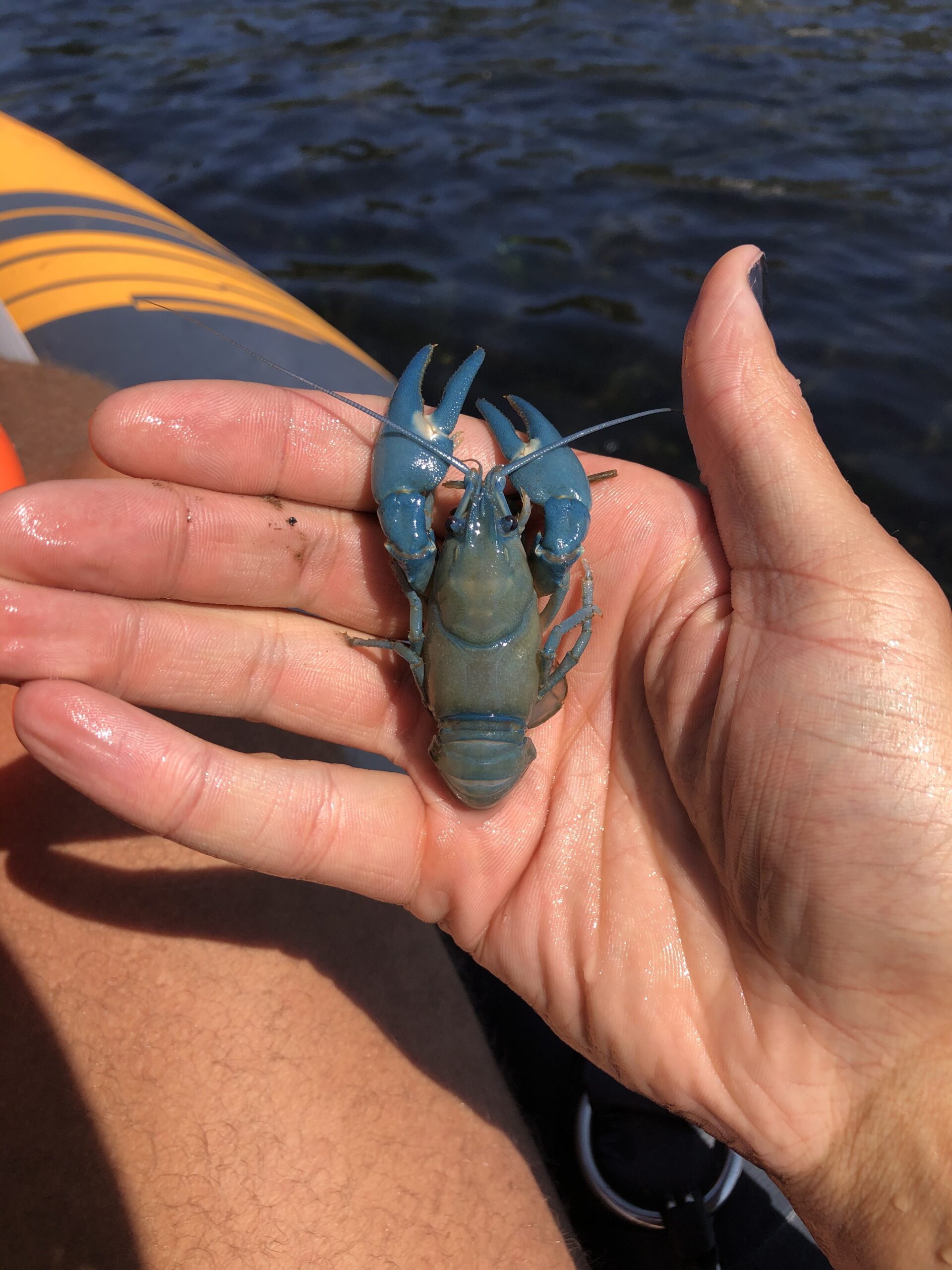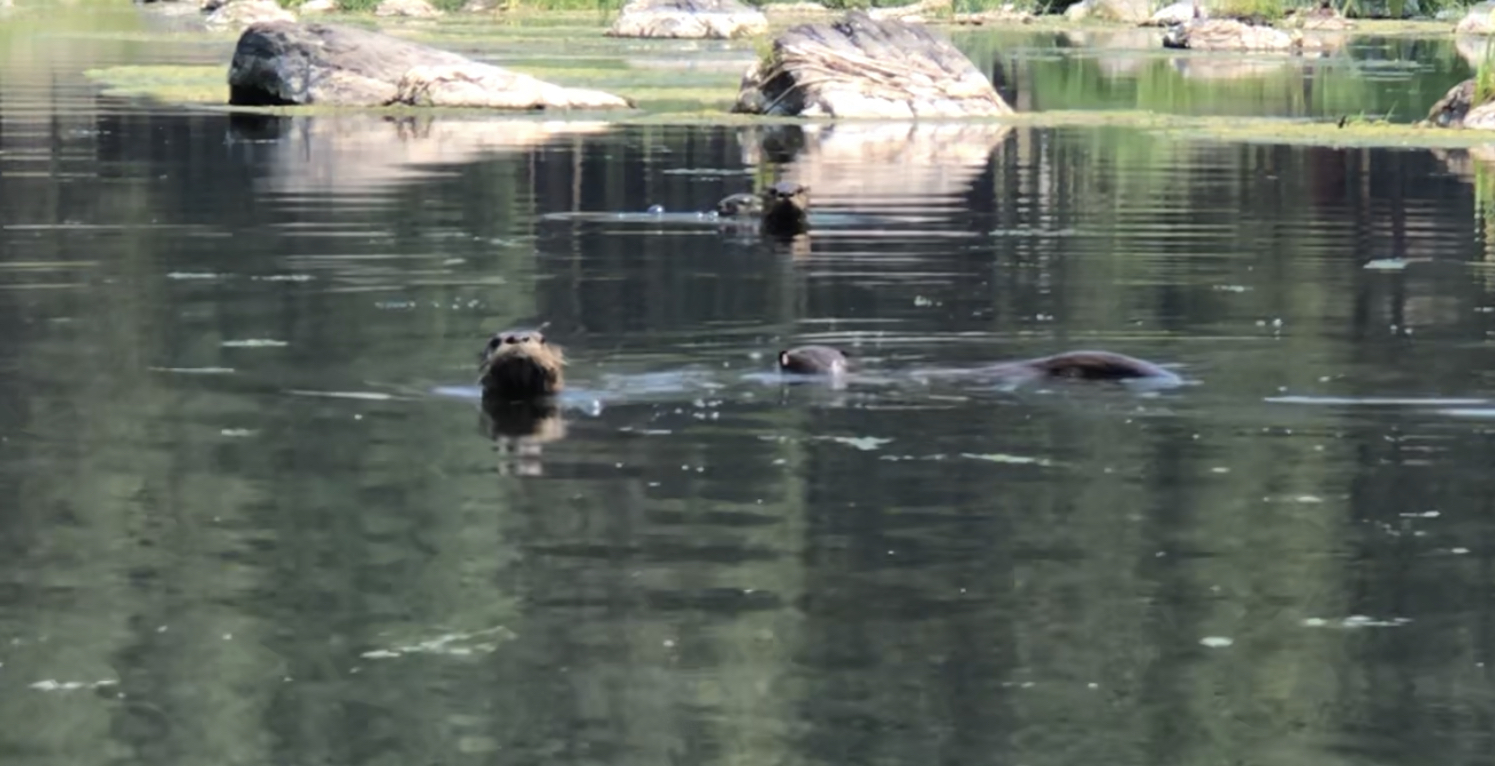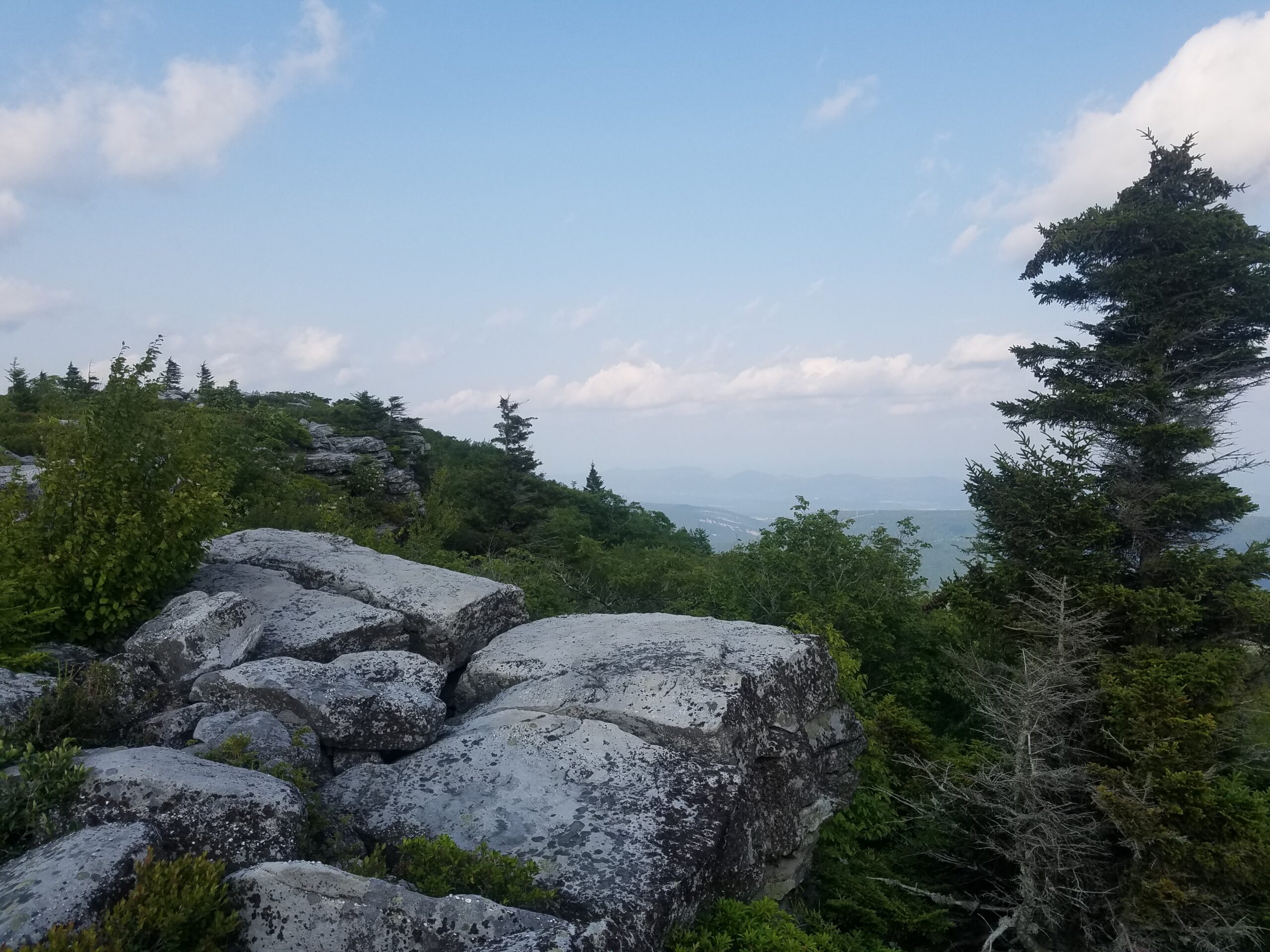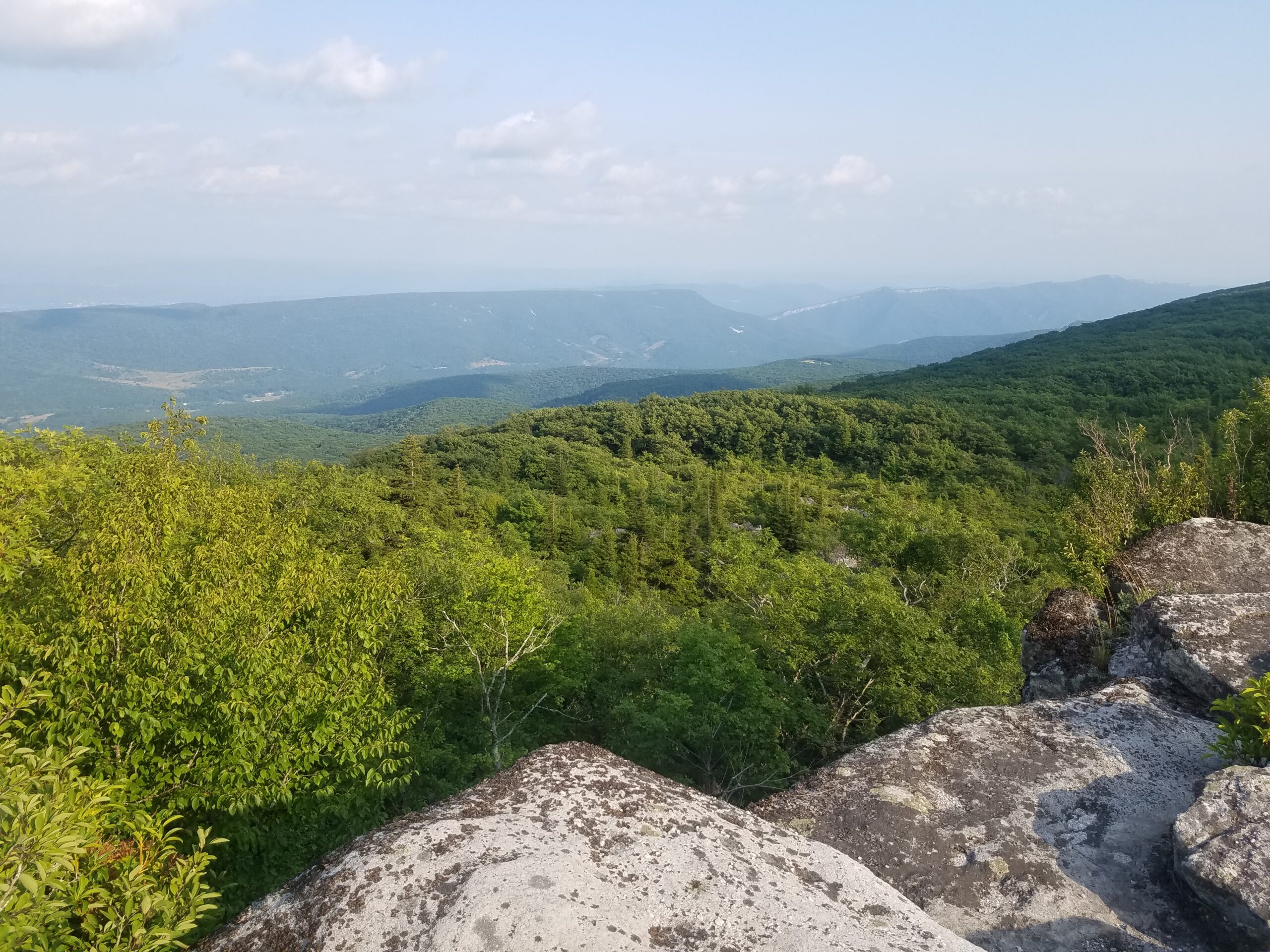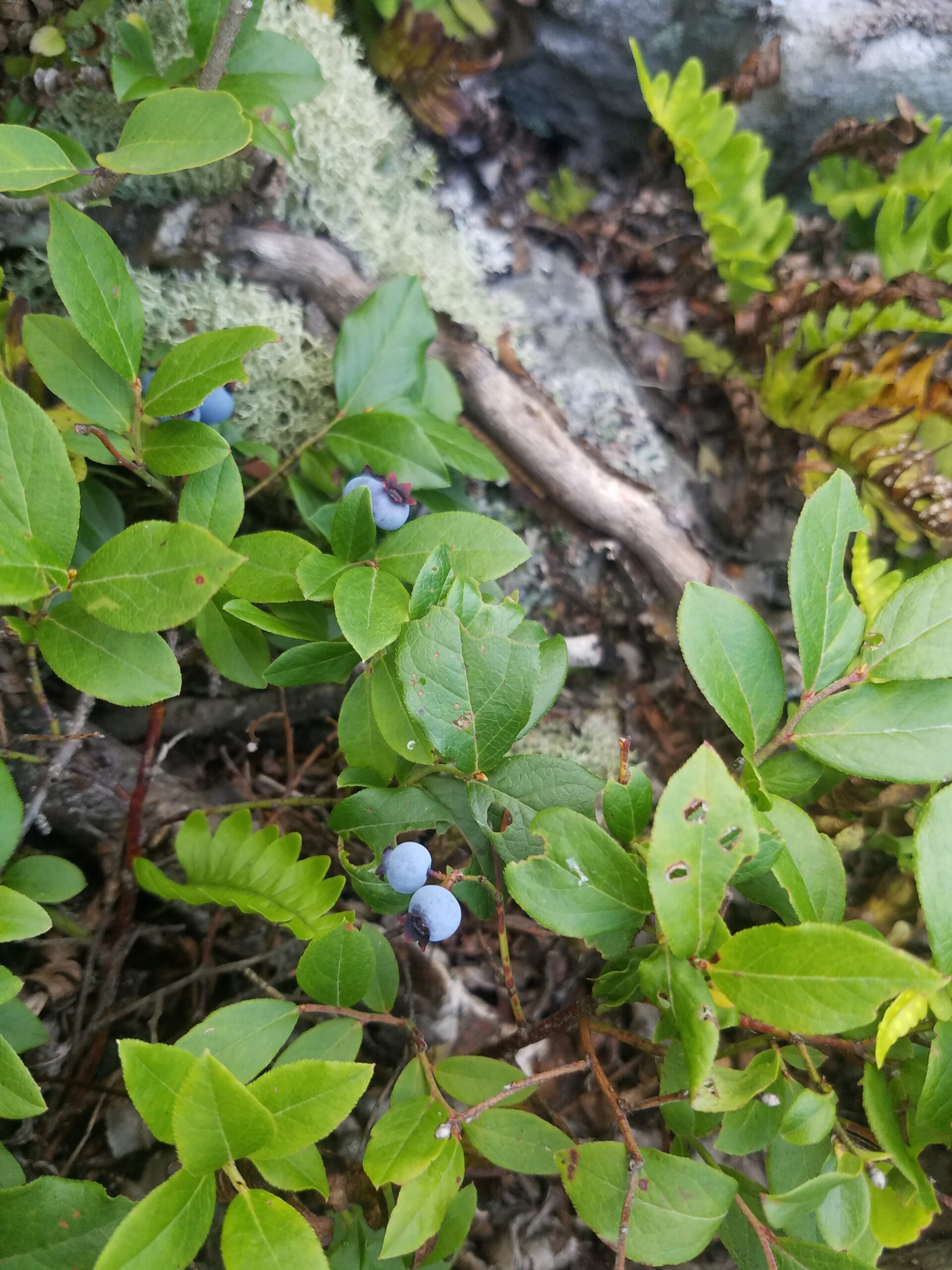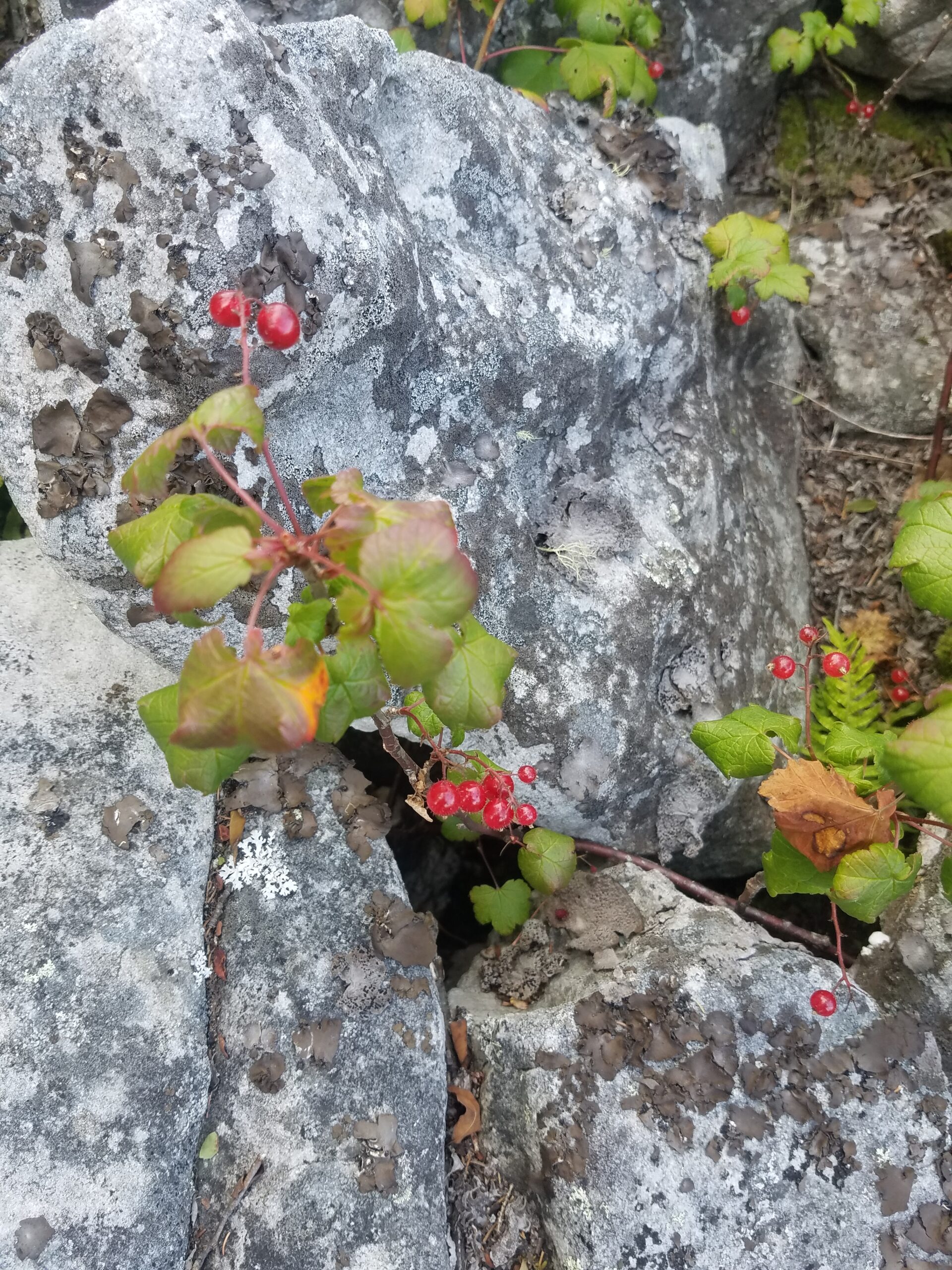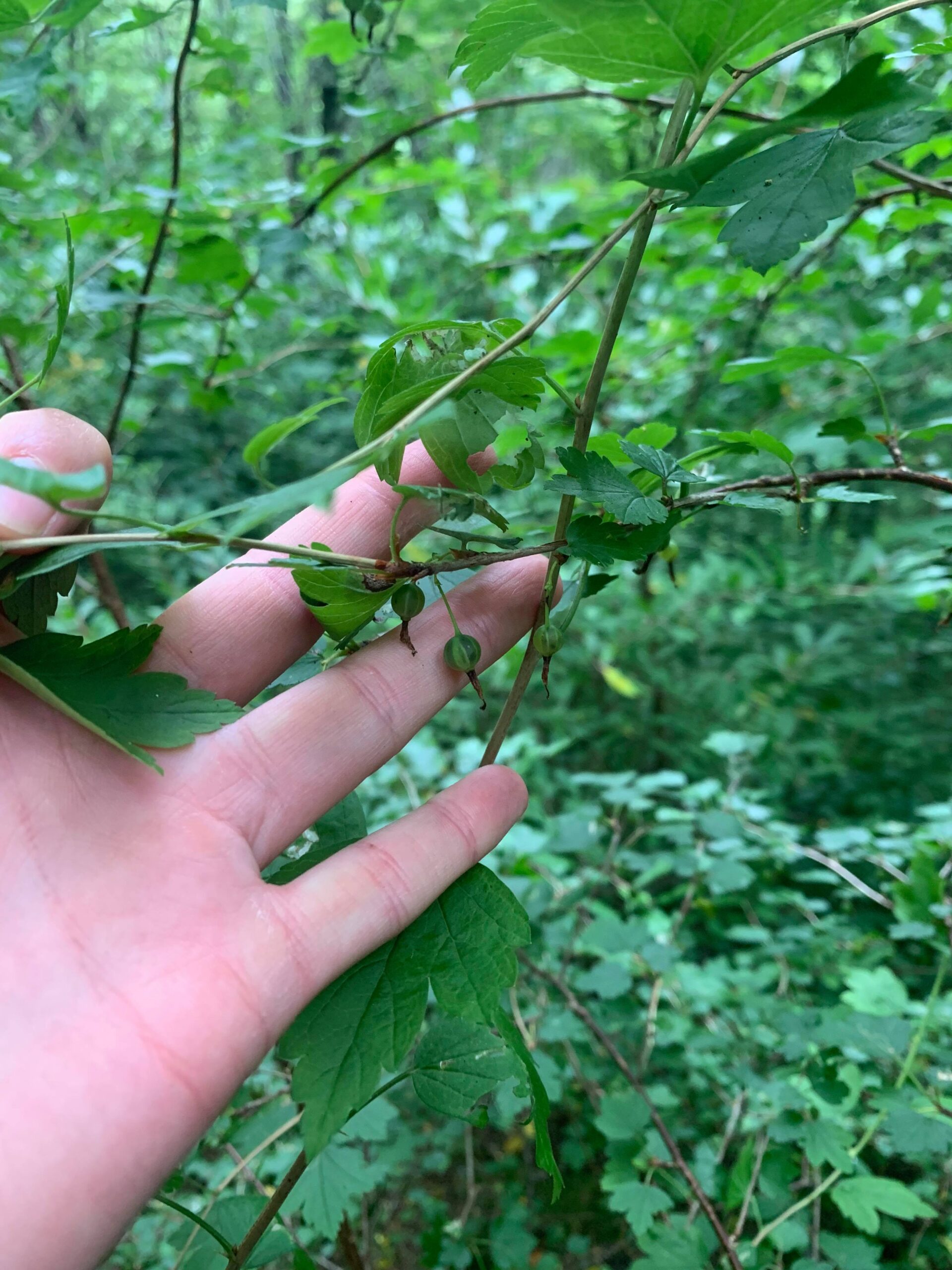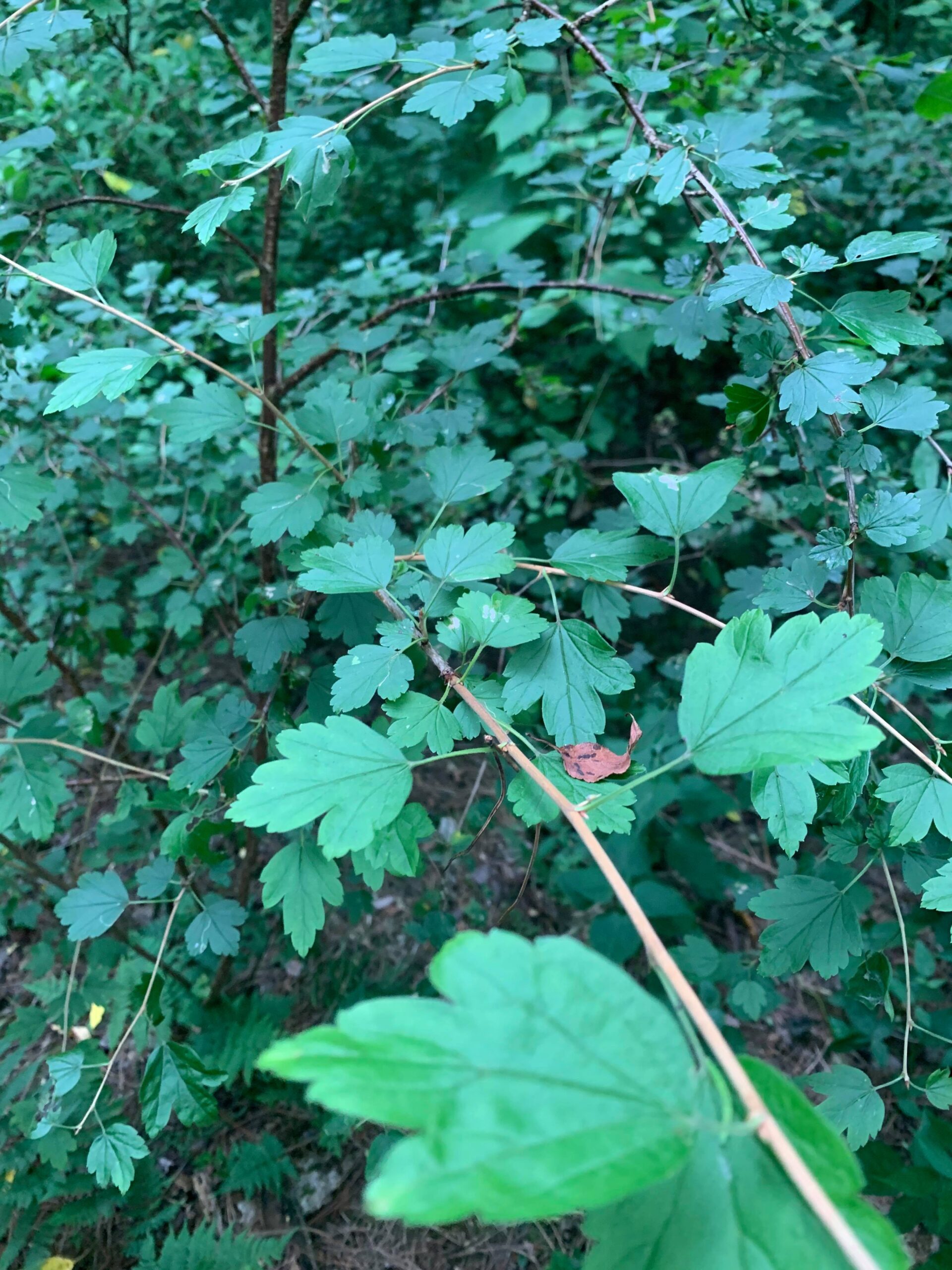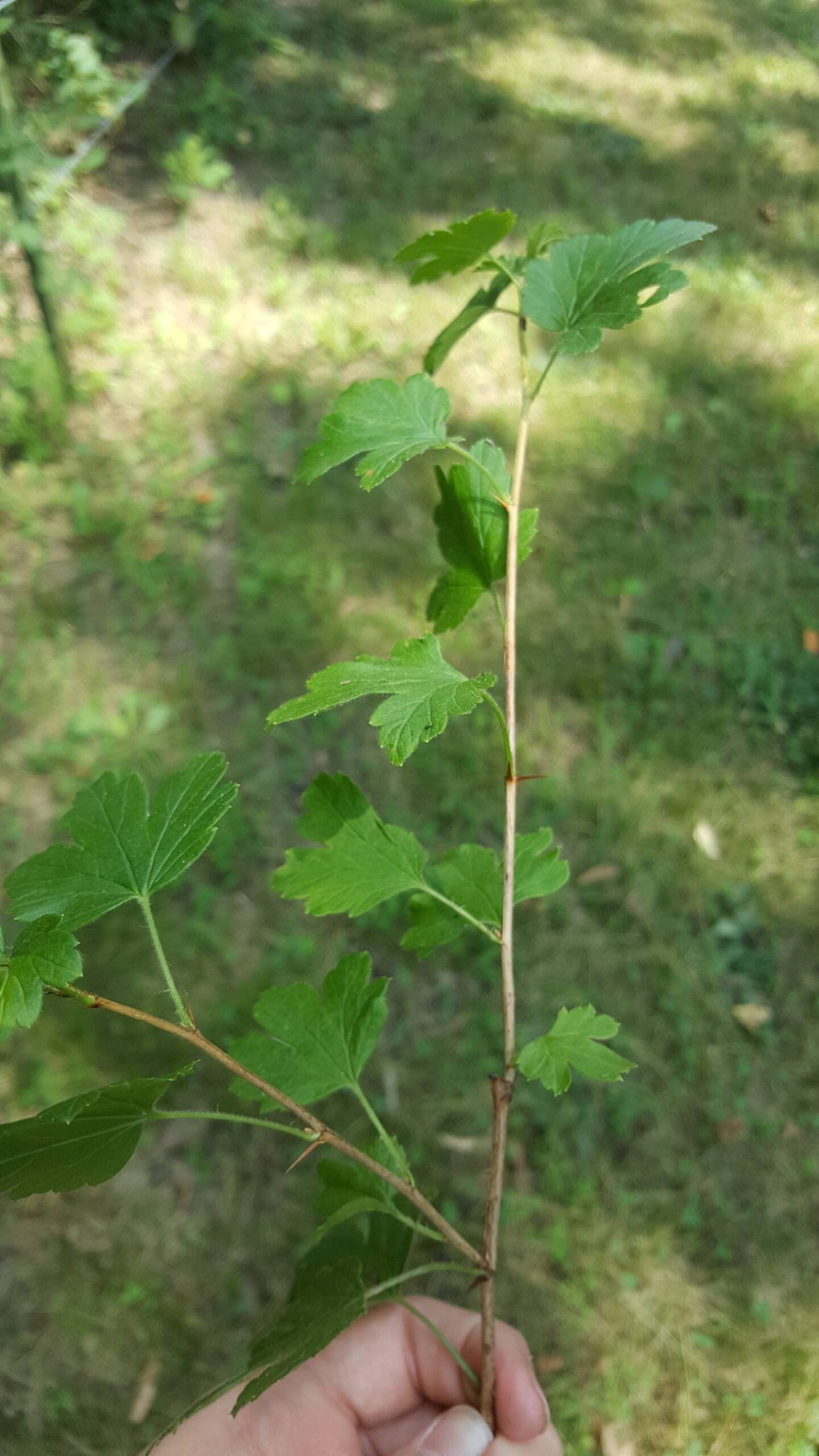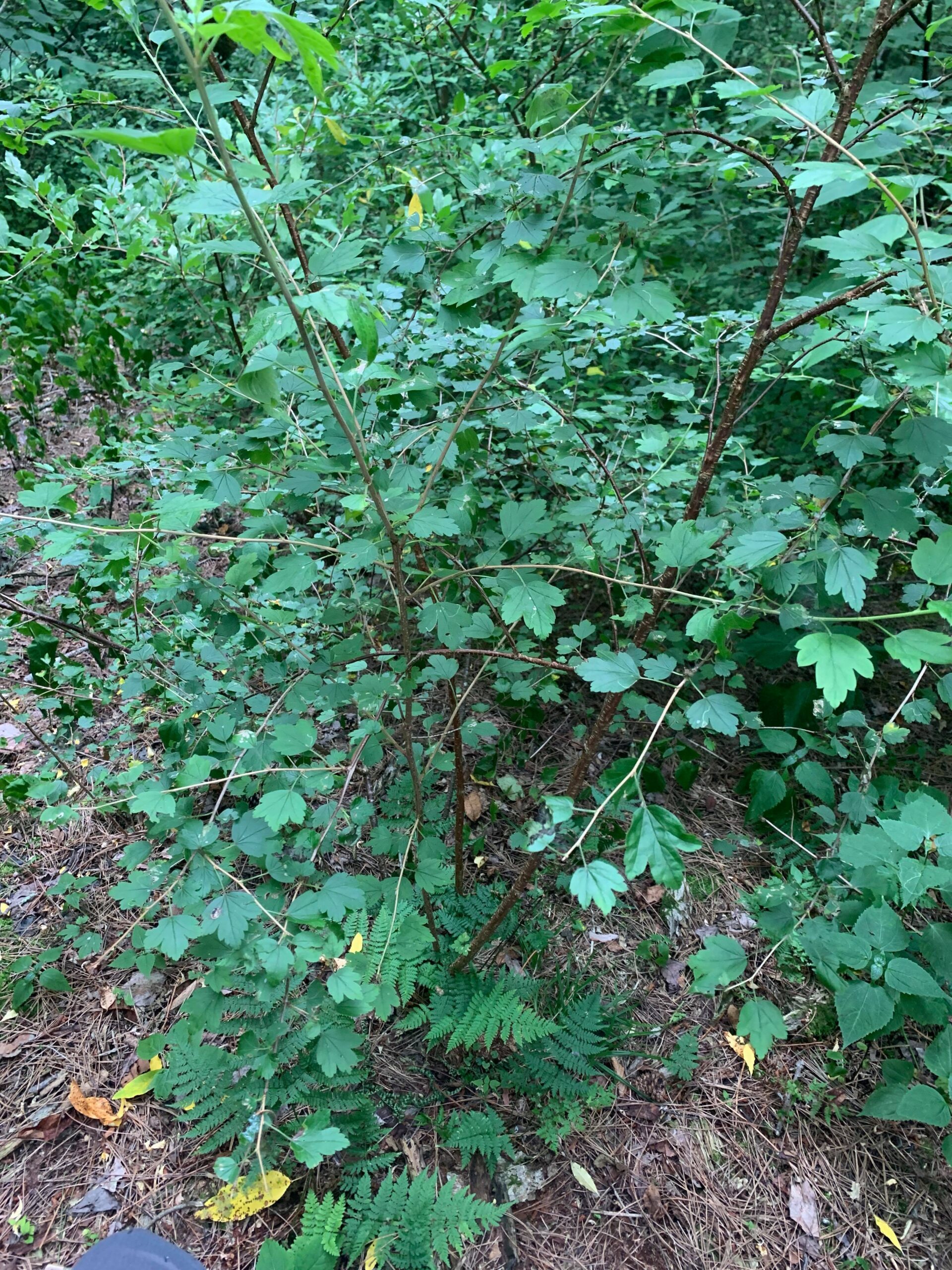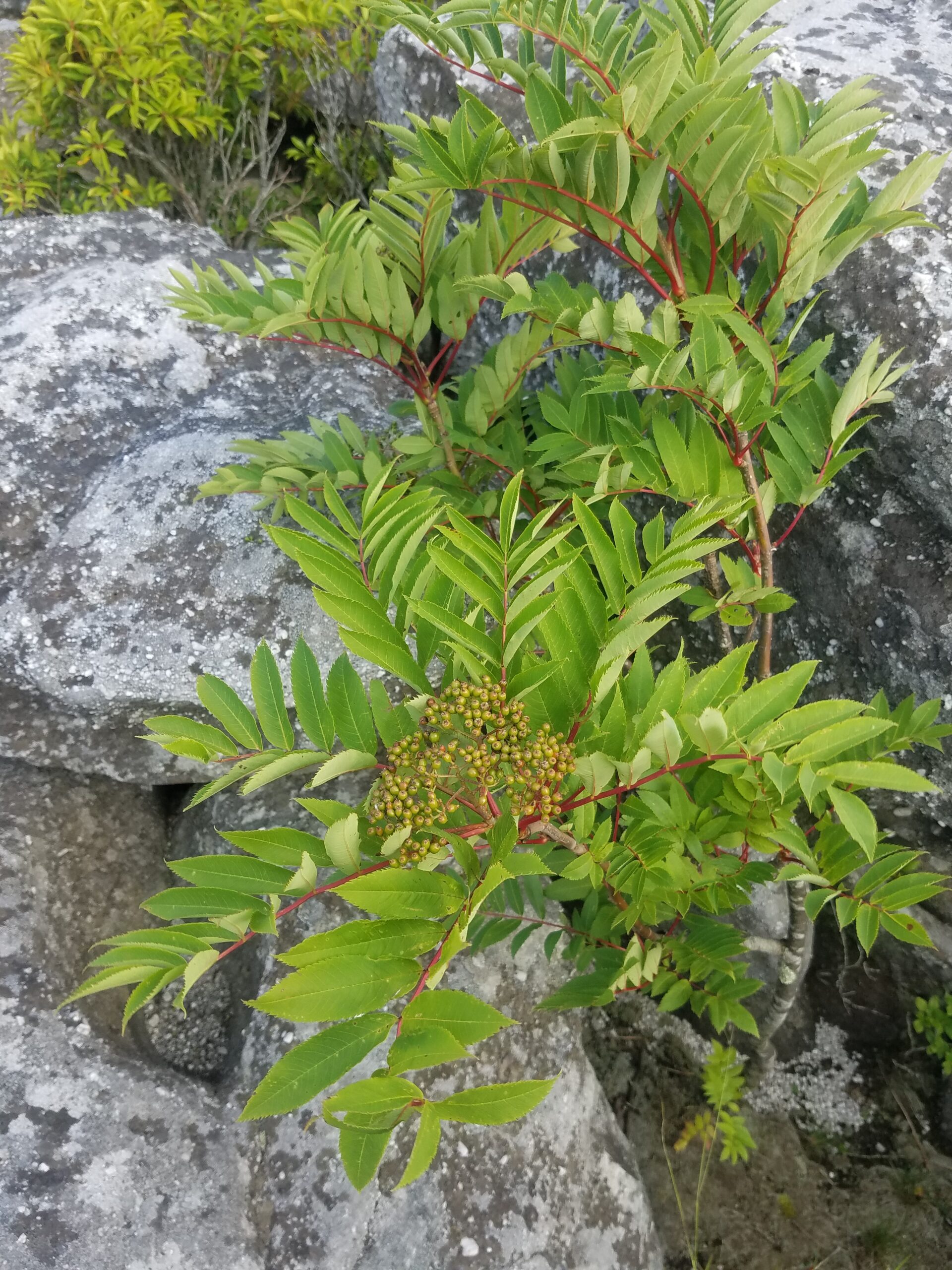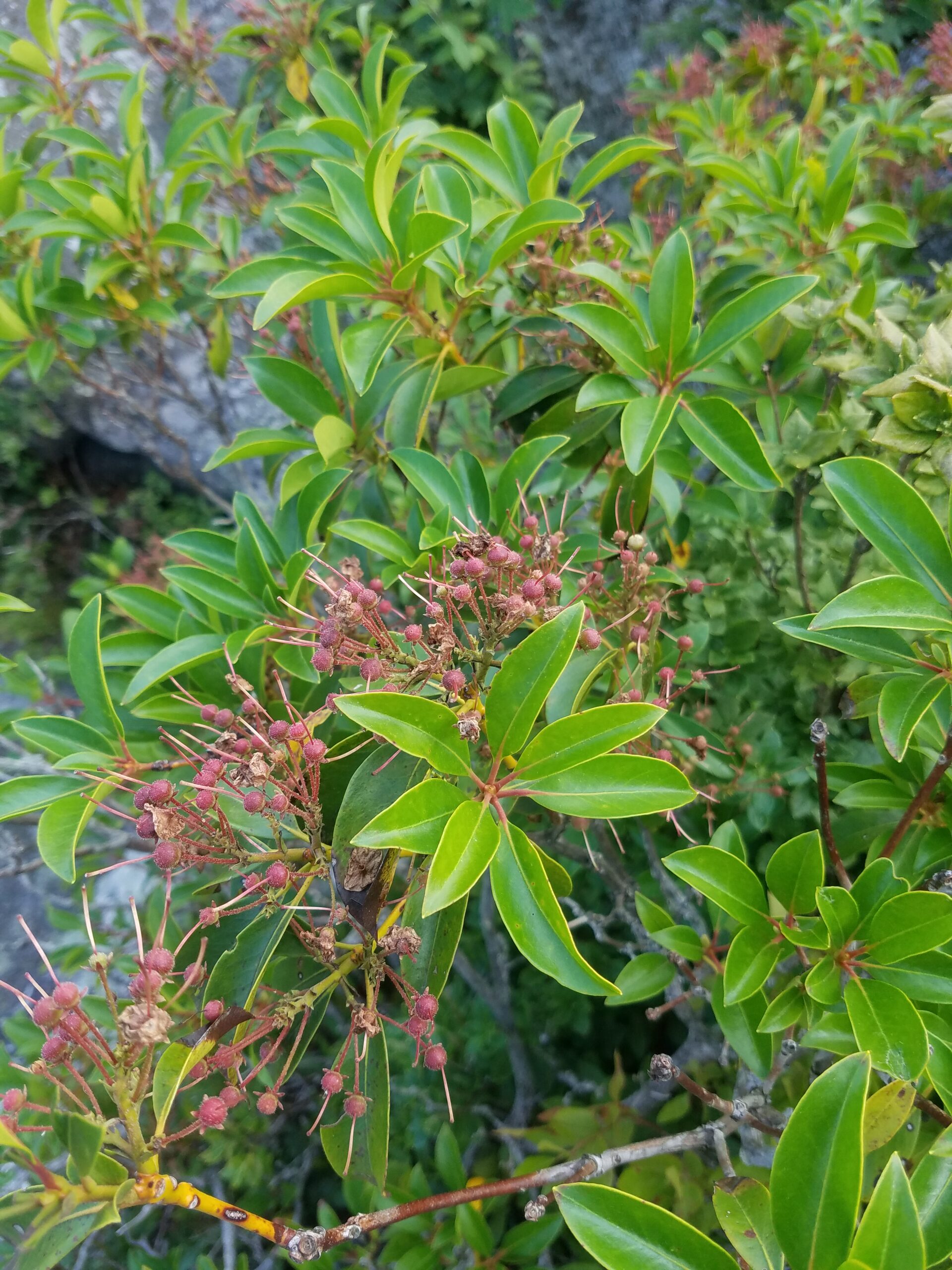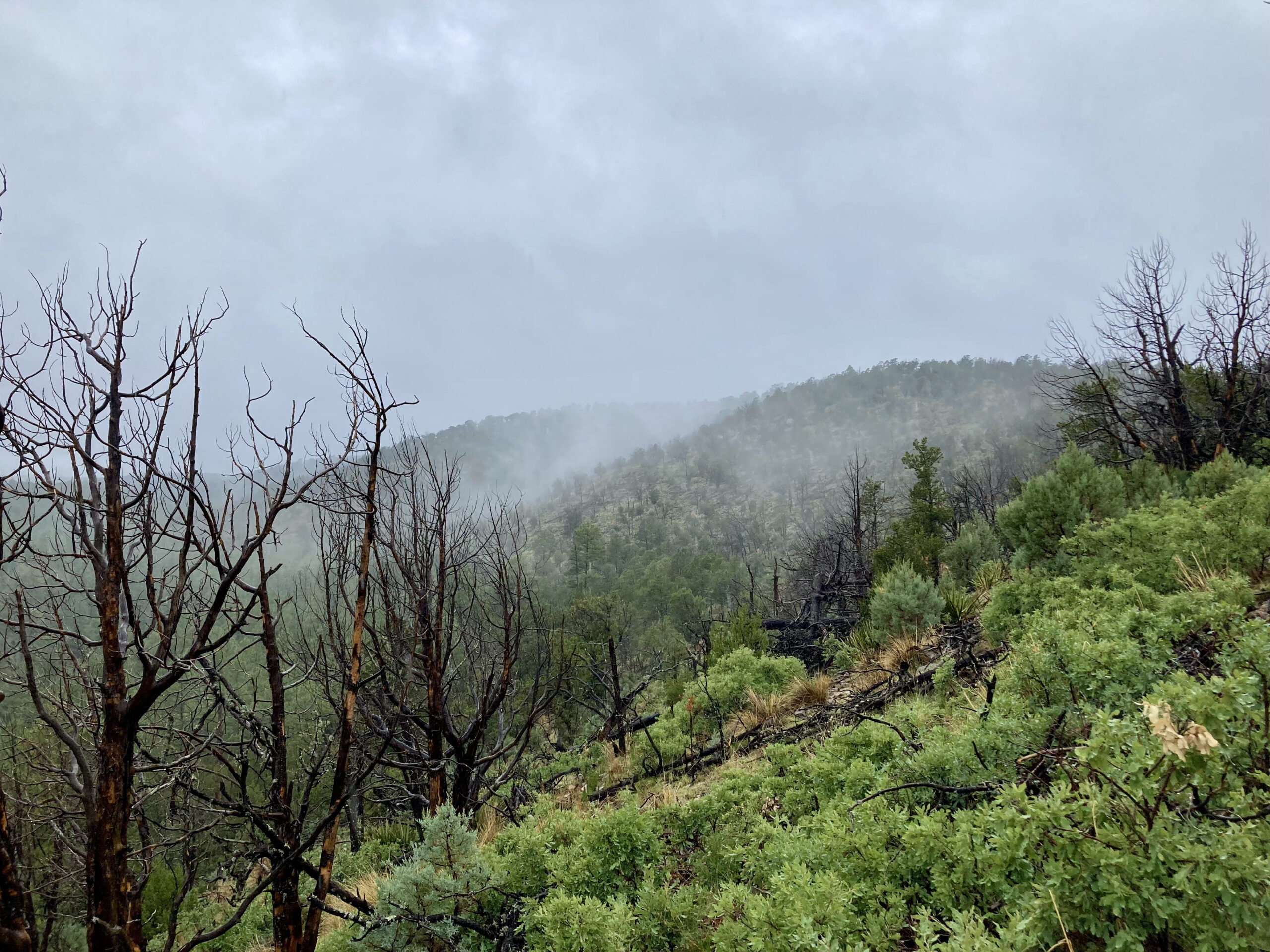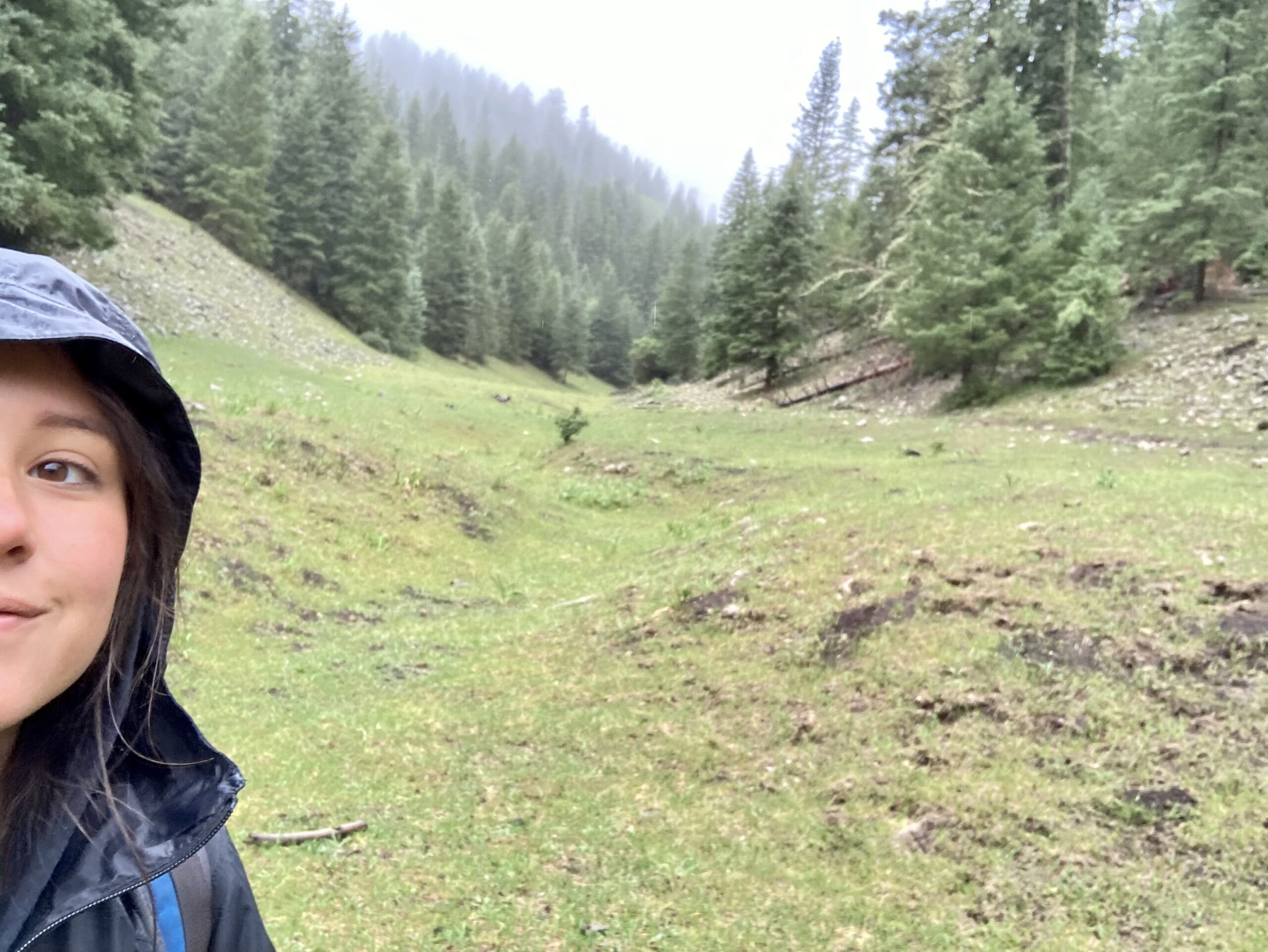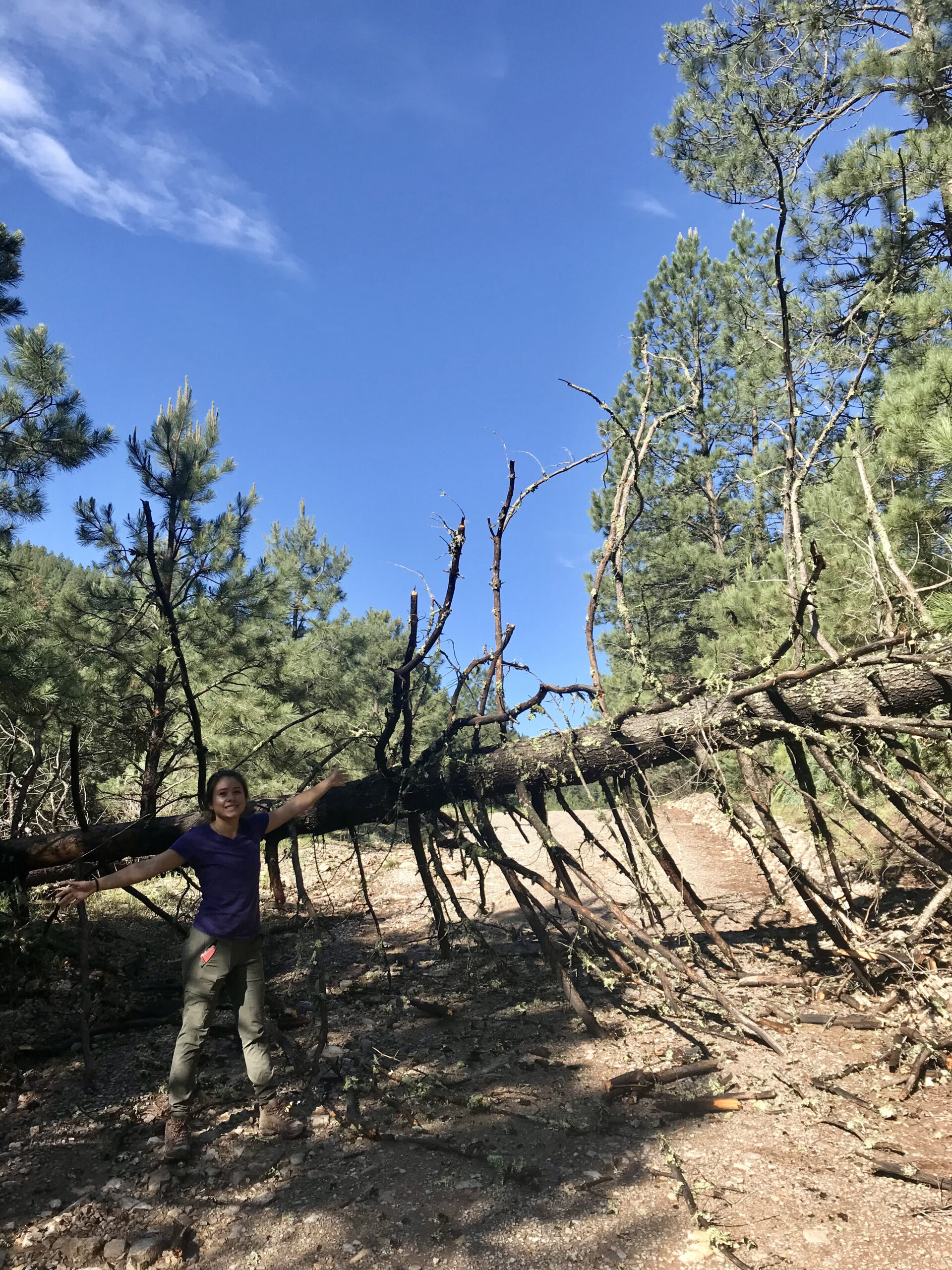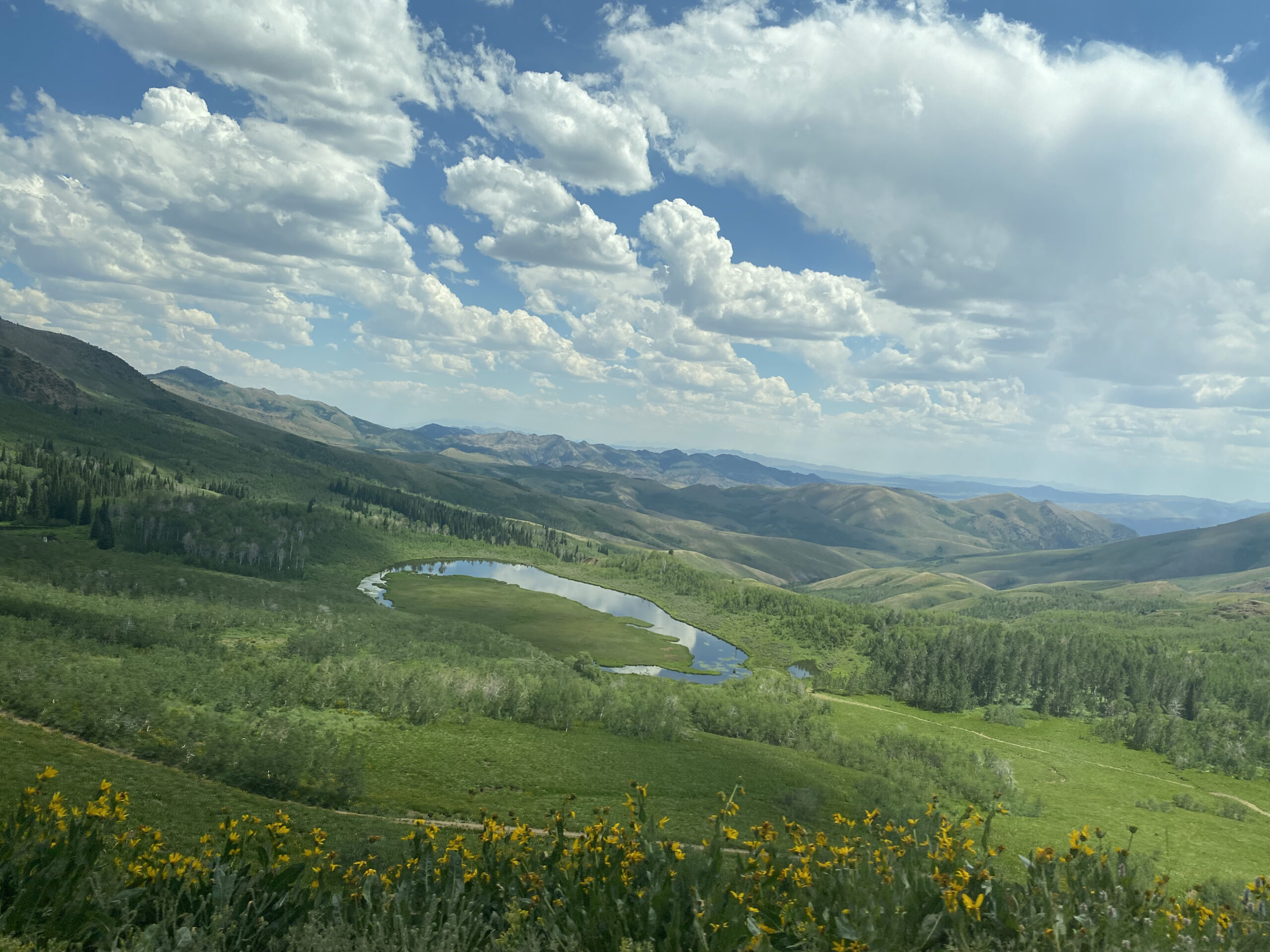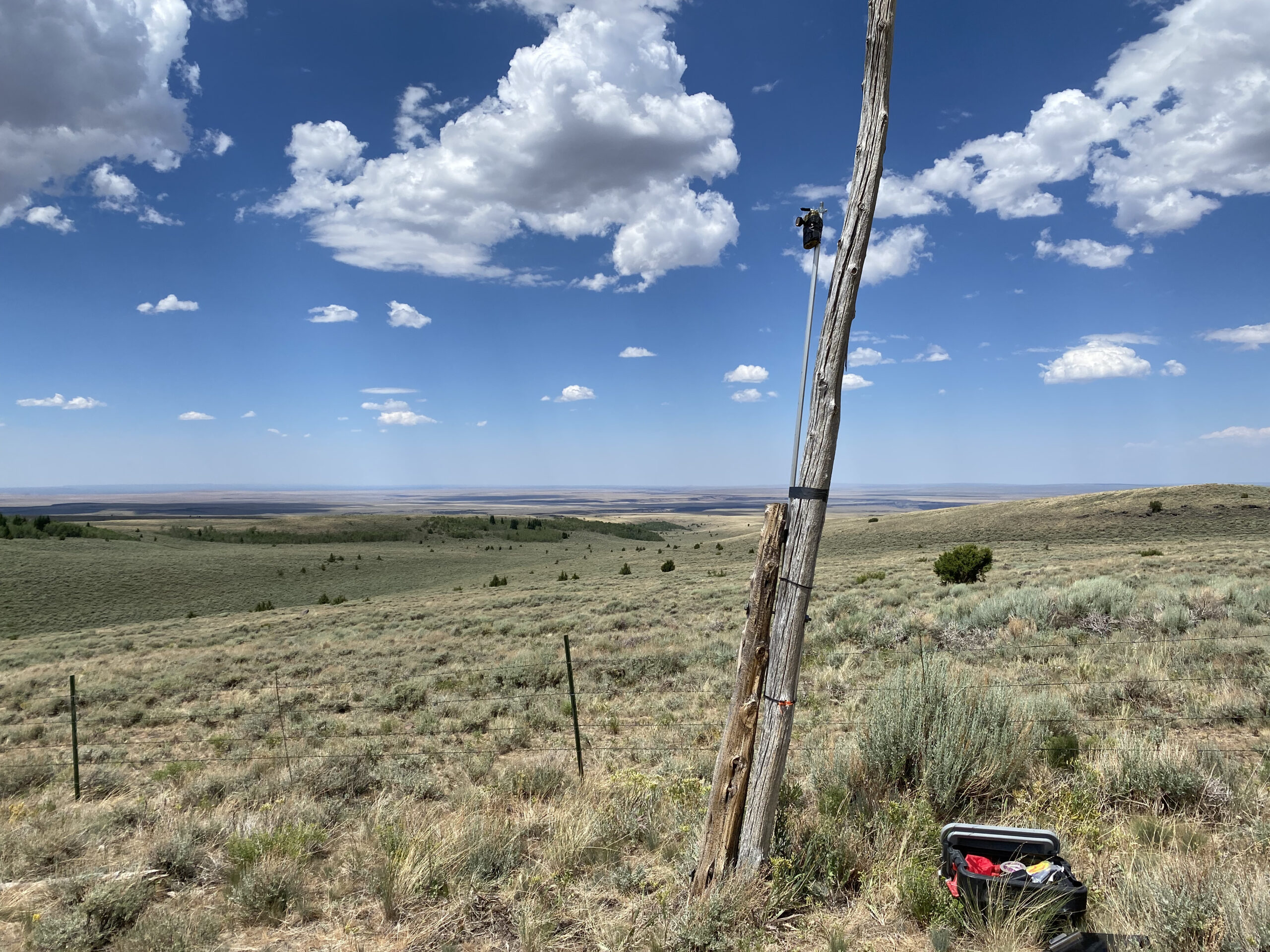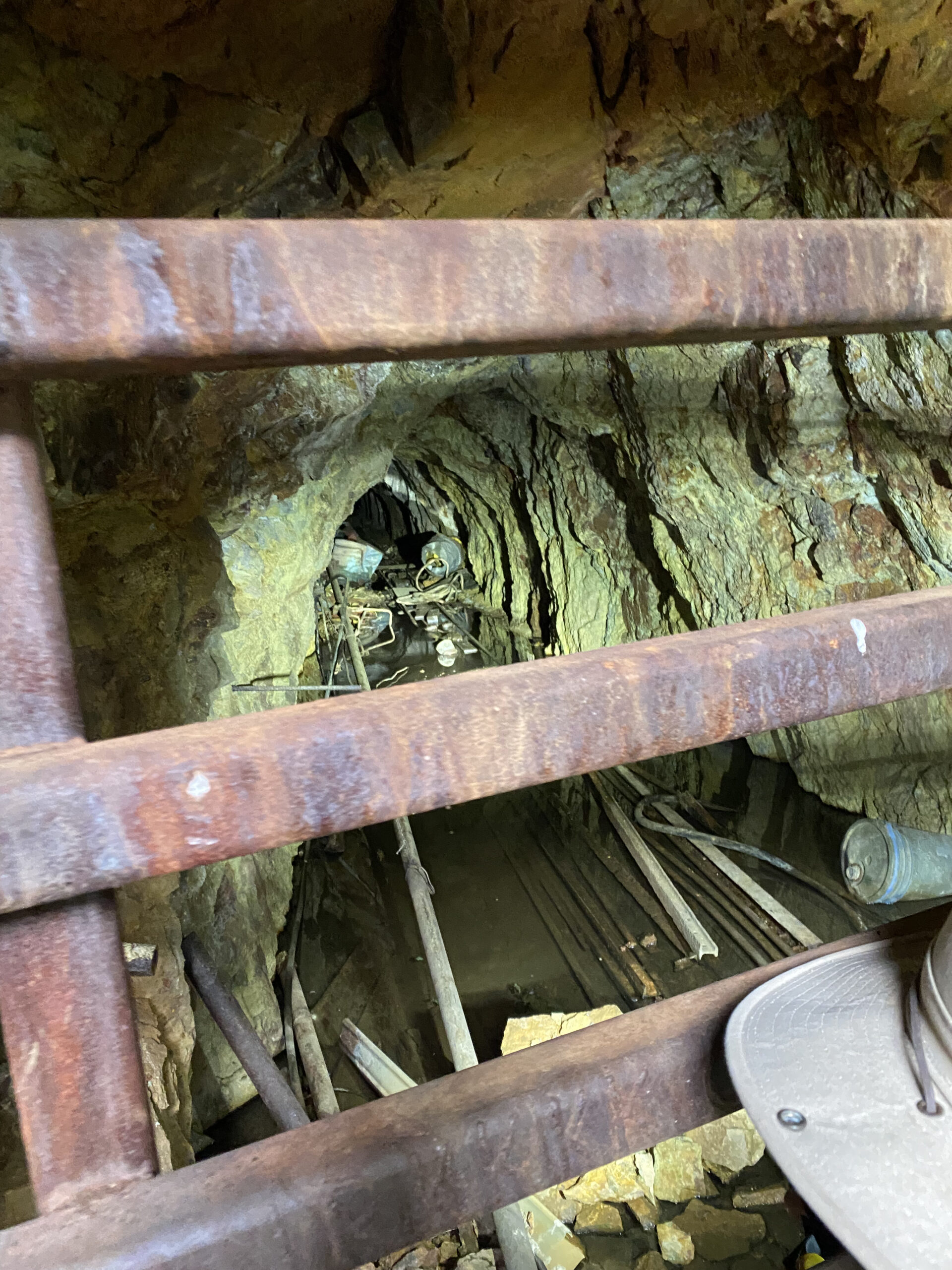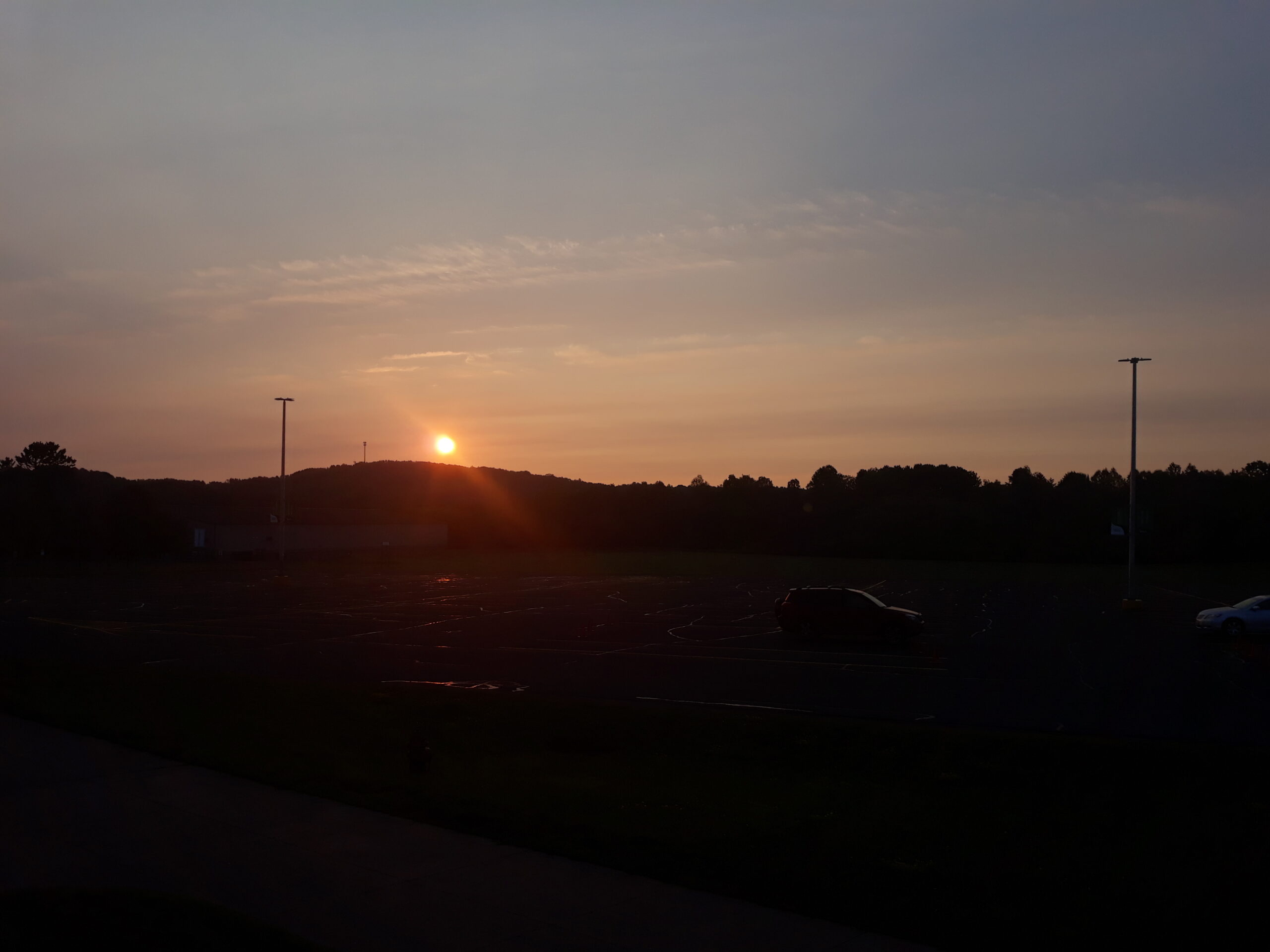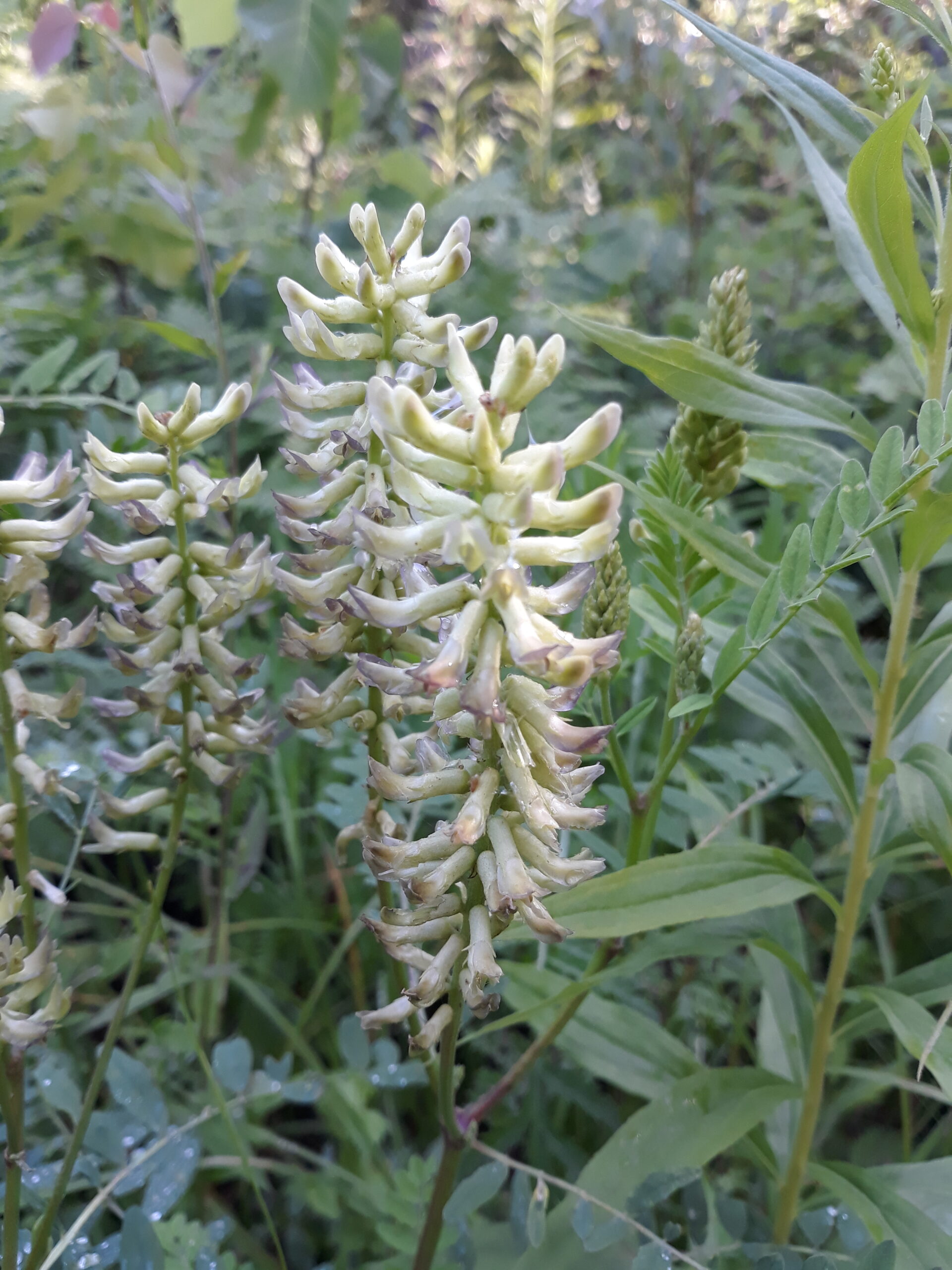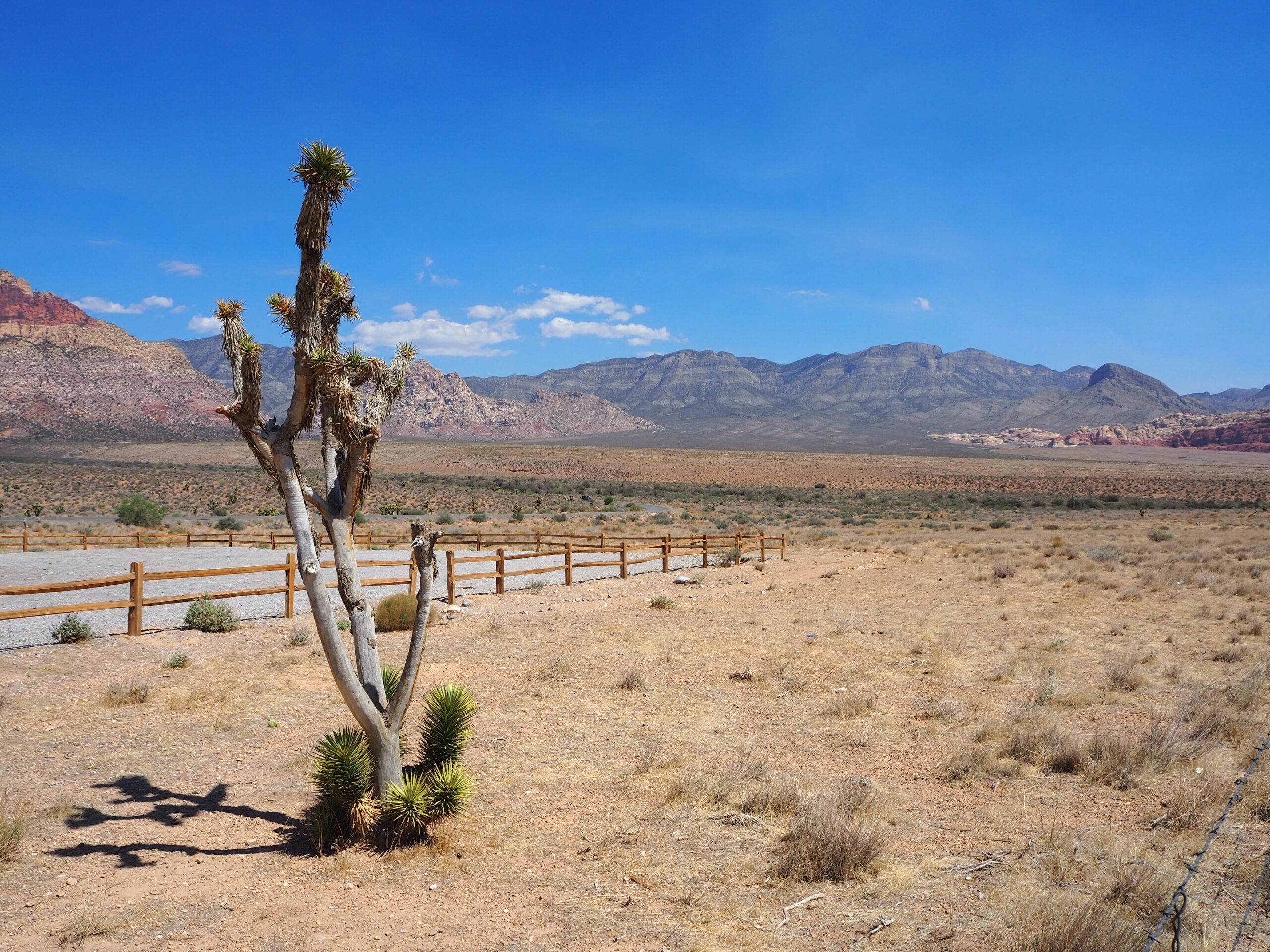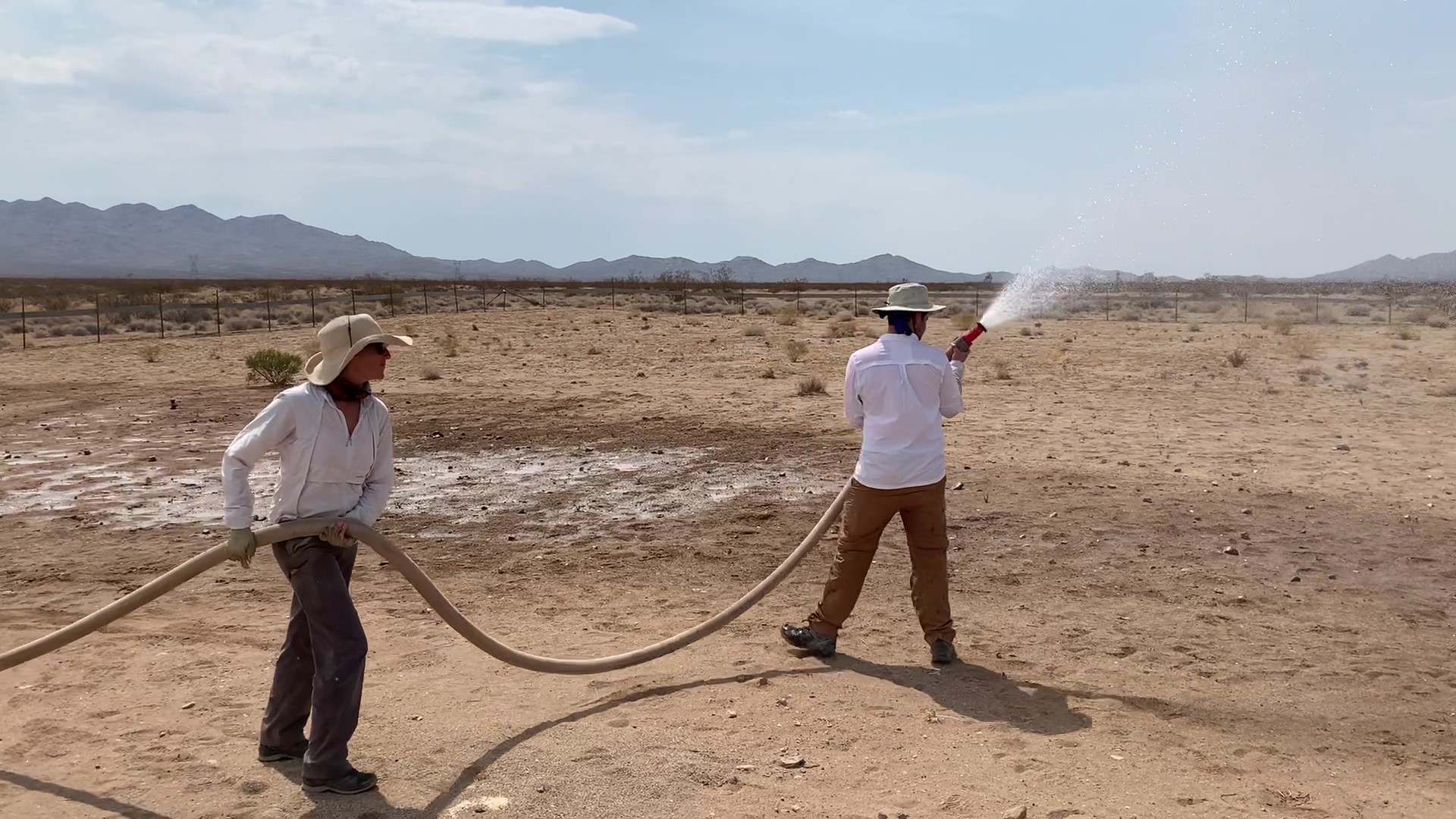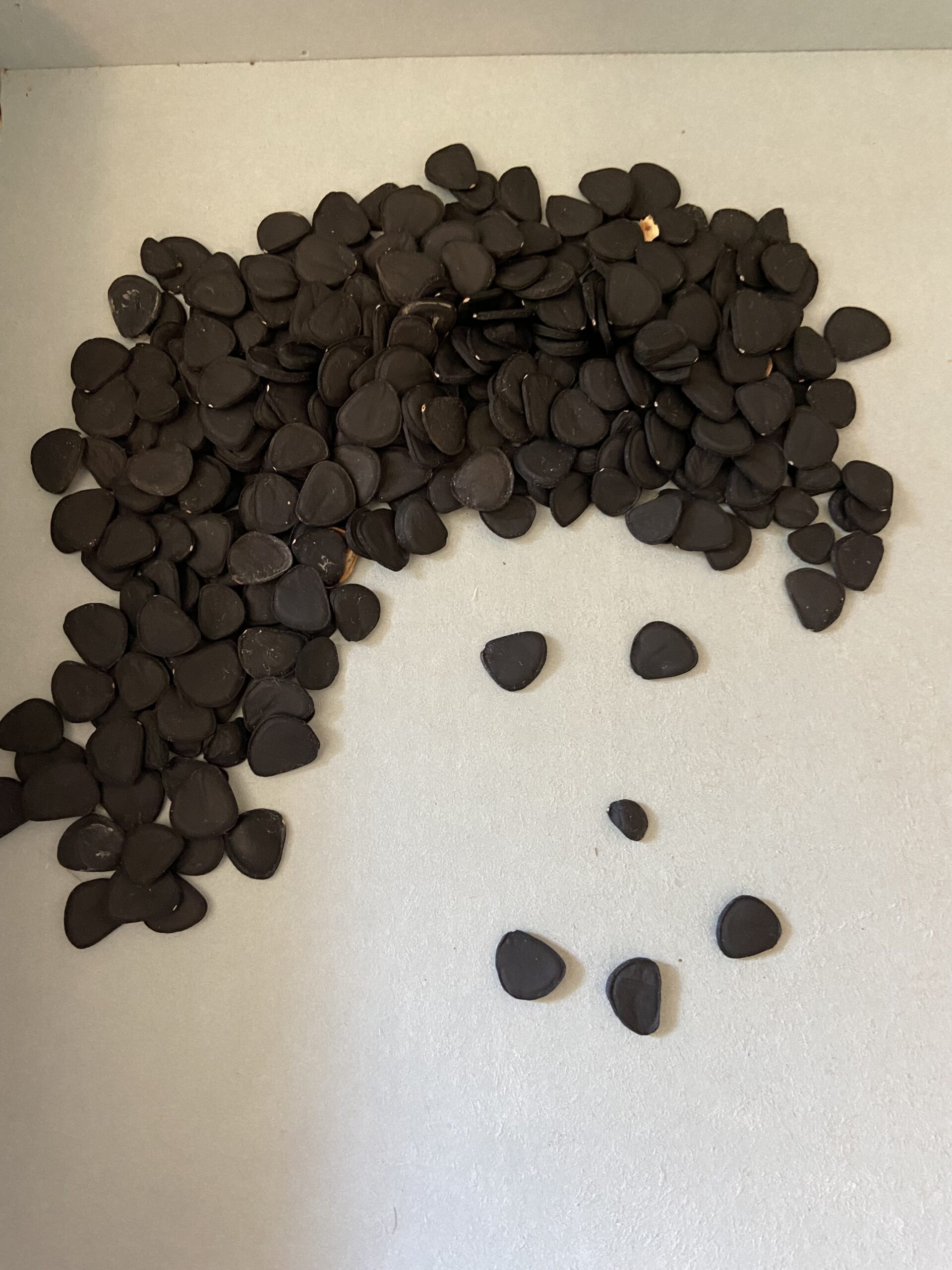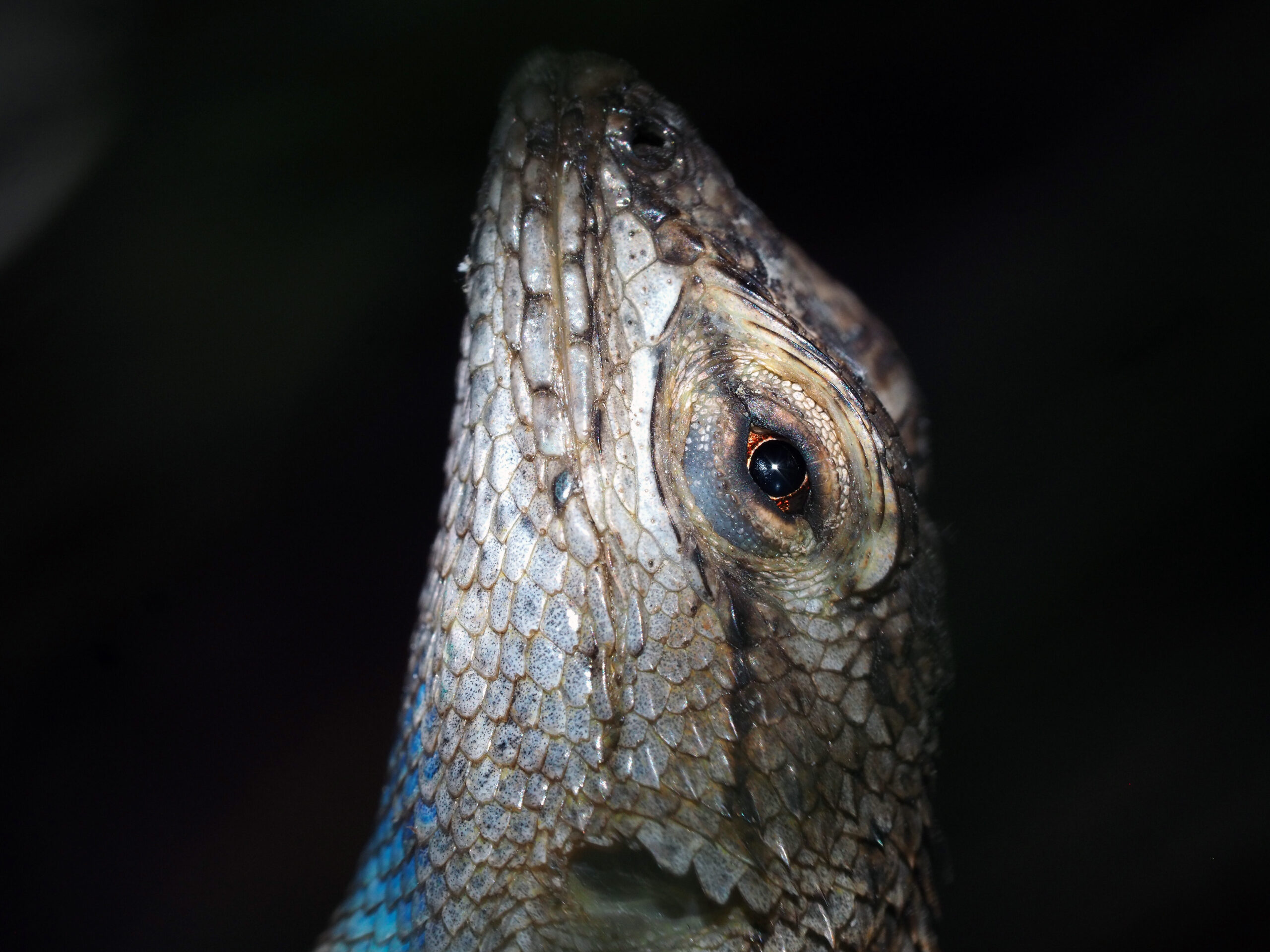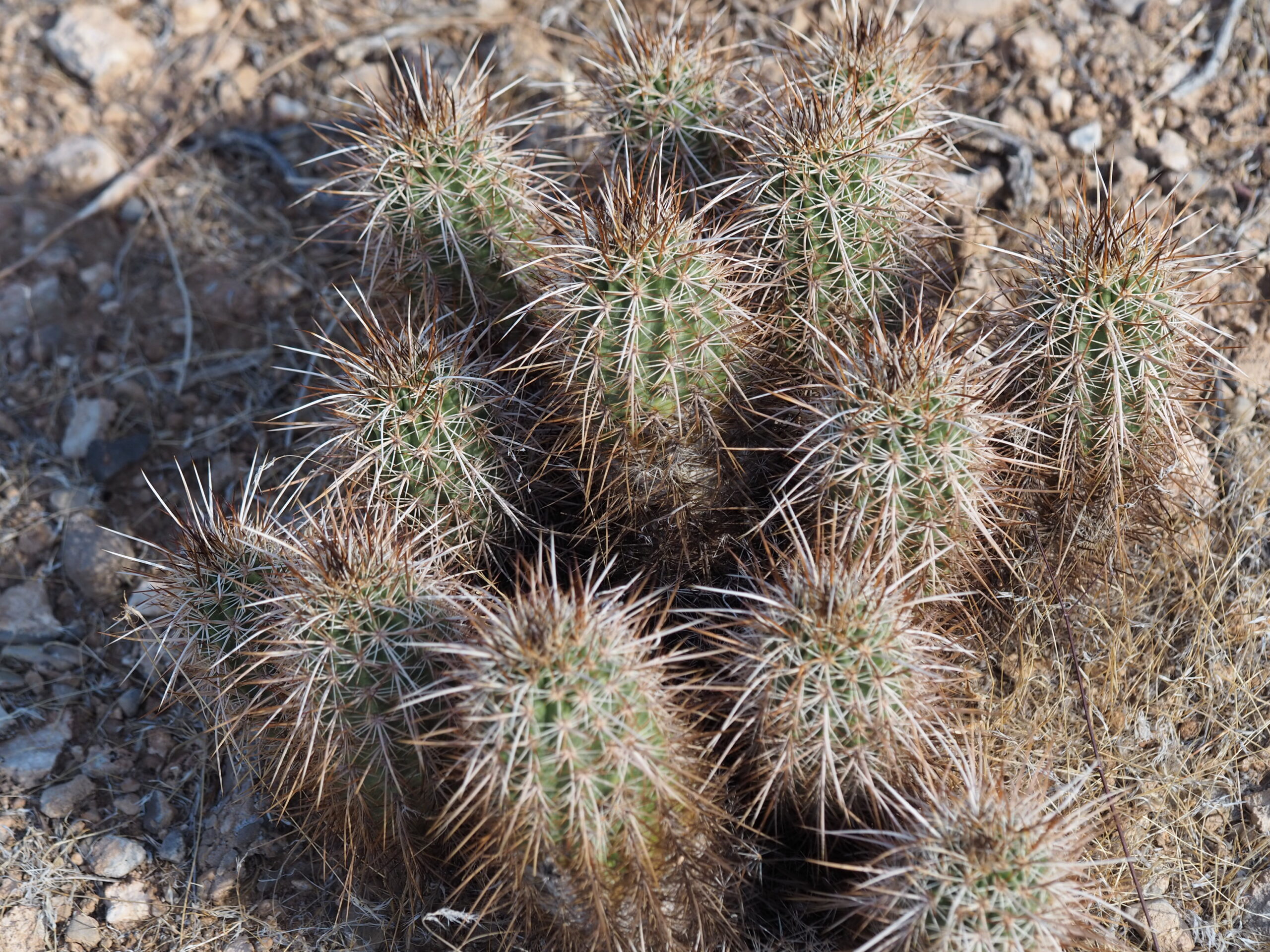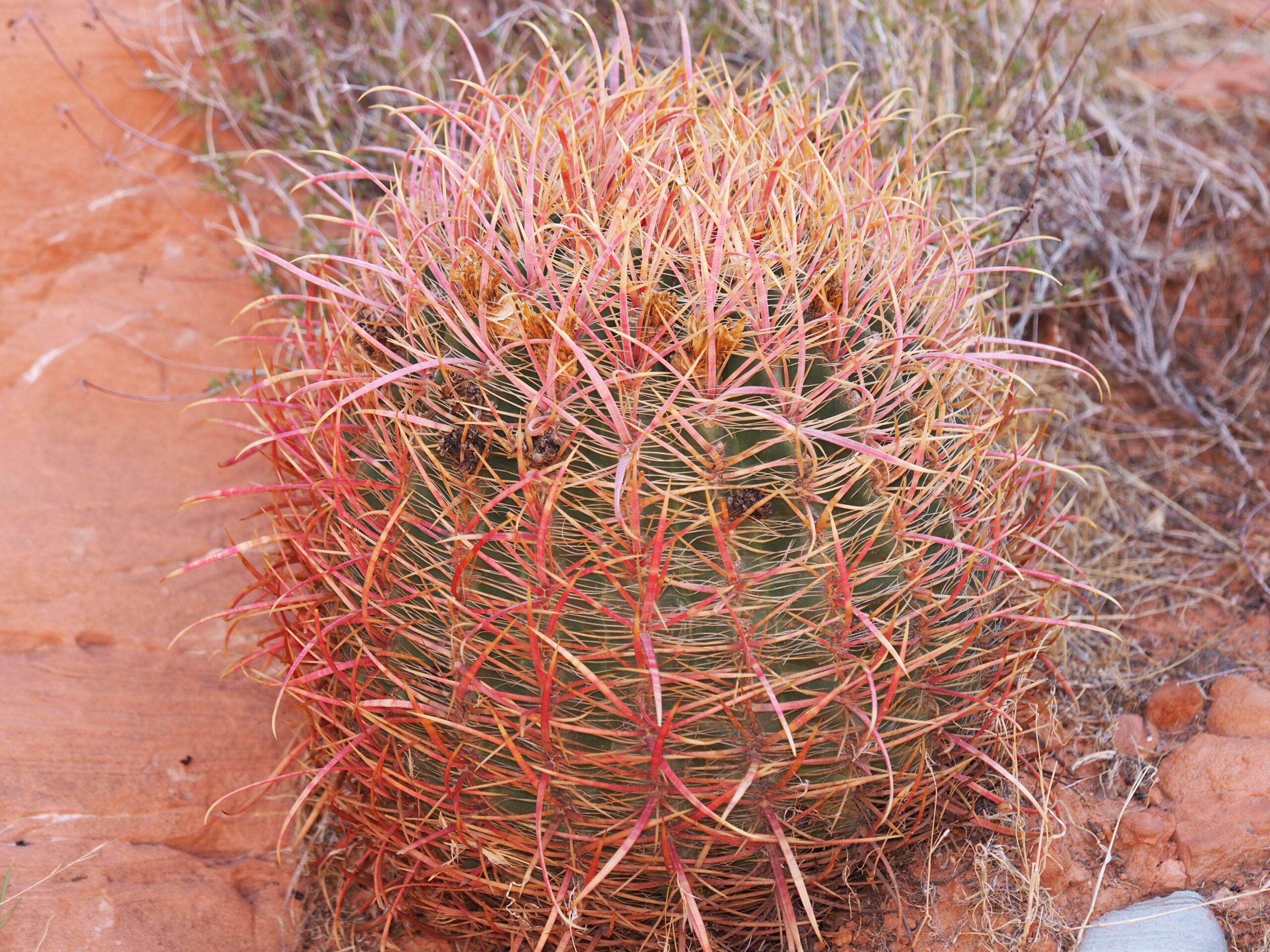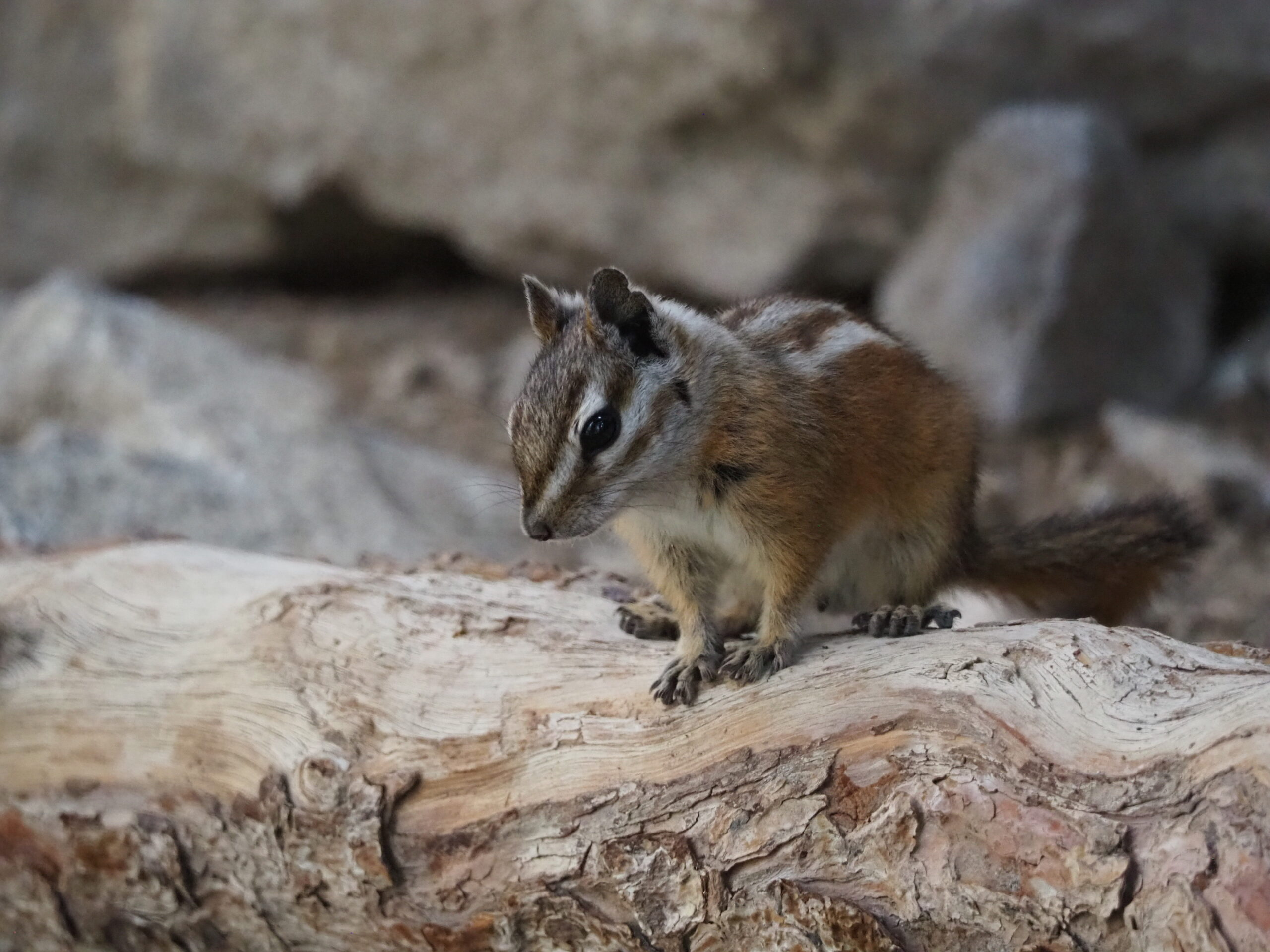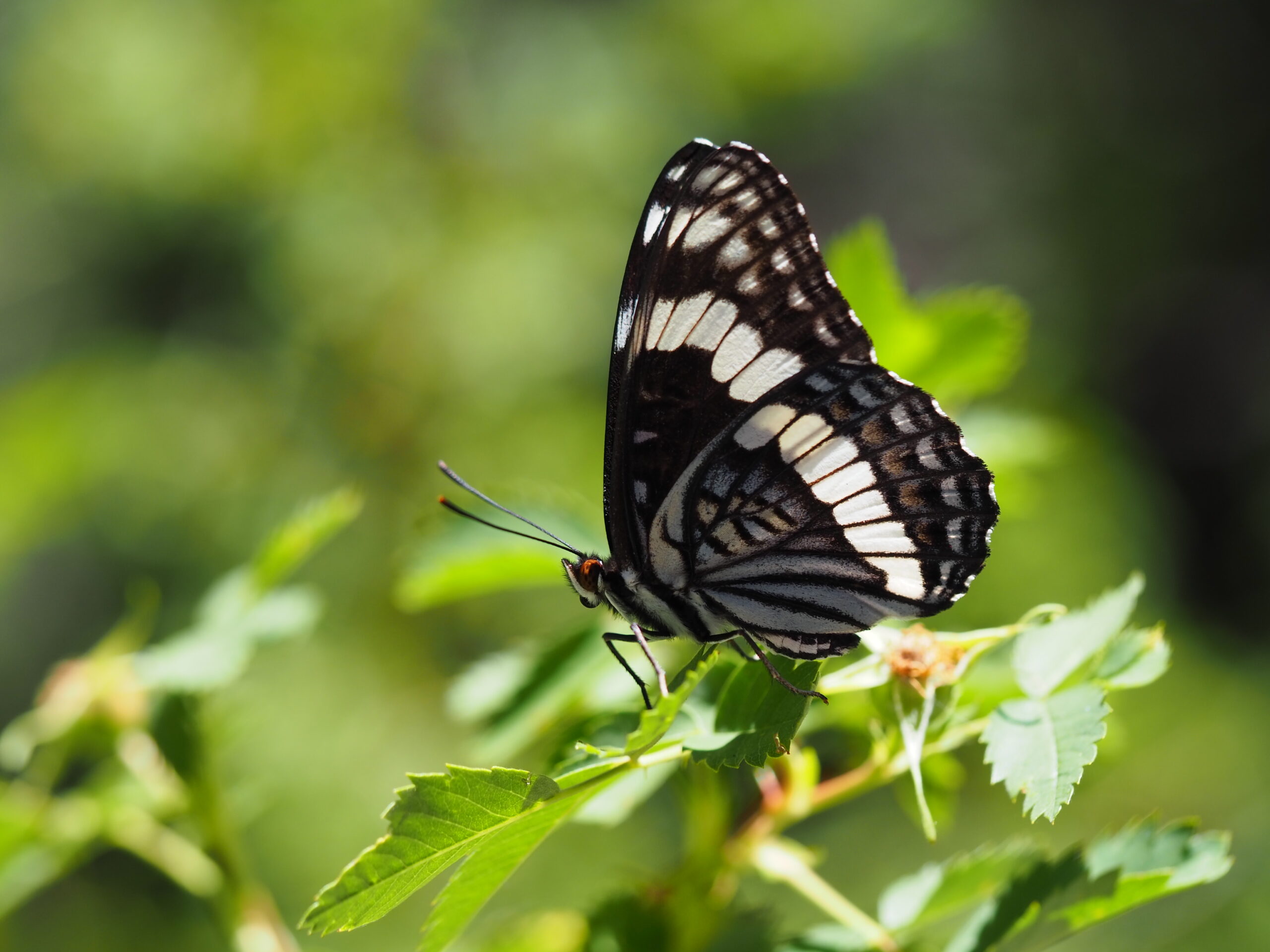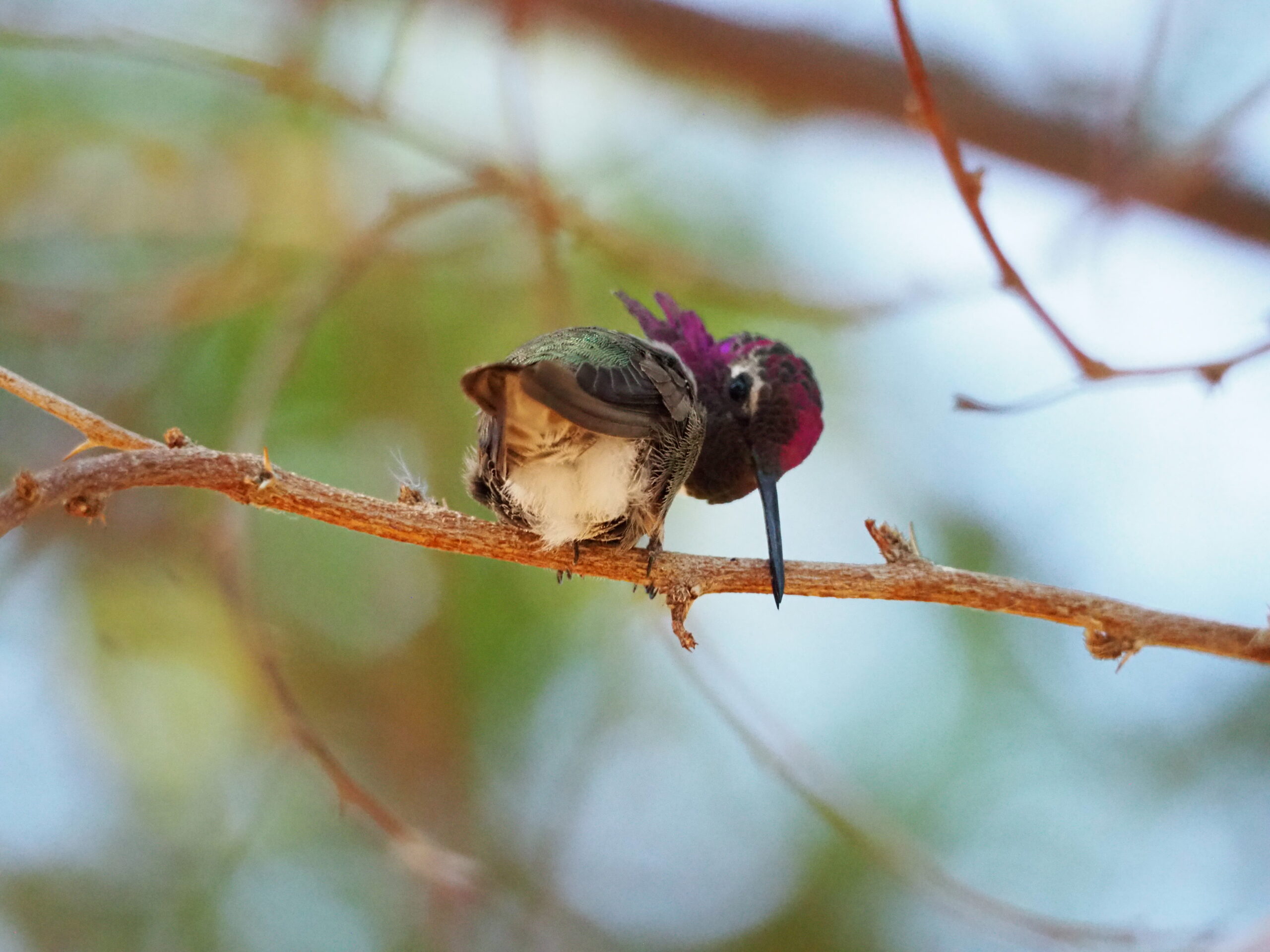Buzzing. A common cacophony throughout the Ottawa National Forest. From the low hum of happy bumblebees, to the erratic zipping of deer flies around my head, to the roar of angry ground wasps, buzzing seems to be all around me. It took a bit to get used to just how many insects were here on the Ottawa, but I will take the buzzing flies any day over the clouds of mosquitoes that plagued us in June. My mentor, Ian Shackleford, gave us fly patches for the backs of our hardhats to combat against the flies. While these patches are not a necessity all of the time, one day in particular there were a few sites that felt like I was under attack, so I decided to give one of the patches a try. The result? After a little less than ten minutes, twelve or so flies had buzzed themselves stuck to the back of my head.

The buzz of bumblebees is my favorite one, and with so many wildflowers blooming, I get to hear it often. I got the opportunity to work closely with the bees when I joined up with our wildlife technicians for bee monitoring. The technicians are working on part of a study of eDNA, or environmental DNA, to detect what kind of pollen bees may be carrying. We went out and did the traditional collection of bees, which involves netting for 30 minutes, but then we meticulously set out bee bowls (colored bowls with soapy water) in a crosshair pattern. This water (and the insects that unfortunately for them slipped in throughout the previous day and night) was collected the next day and then run through a filter to collect the tiny pollen grains that insects carried into the water. This filter and the insects from the bowls will then be sent to the lab to run PCR to amplify the DNA of the pollen that the water contained. The idea behind the study is to compare the surrounding environment to what is actually caught in the water and what the bees we netted were carrying. One of the most important things I learned from tagging along these days was how challenging field research can be, especially when the study might not have been designed with the specific location in mind and the difference between theory and practice of data collection. For example, the wildlife technicians have had trouble with slugs climbing into the bowls overnight, which creates a thick slime that cannot be filtered. Additionally, it seemed that the detergent they used also created a problem for filtering the full amount of water, but they had limited supplies and could not use more than one filter. These are all problems that will need troubleshooting in the coming years to make eDNA studies more feasible and valid.

I also get to hear the buzzing of bees when I am working on my primary task of invasive plant management. Ian had my co-intern Emily and I help him with the biomonitoring of two weevil species he worked to get approval to release, Larinus obtusus and Cyphocleonus achates. Larinus obtusus, the more abundant of the weevils we found at each site, eat the seedhead of the spotted knapweed, reducing the seed production and seedbank of the plant. This is vital for reducing numbers of a plant that can have viable seeds in the seedbank for at least 8+ years. Cyphocleonus achates is the root boring weevil of spotted knapweed, and much larger than the other weevil we monitored, yet much more elusive. We only found two individuals in our entire day of monitoring, but this still means that they are present at at least some of our sites, a good indicator that they are surviving (at least at some level) the cold winters here.

In the past decade, the weevils have become more widespread, and I spend a few seconds looking for Larinus obtusus whenever I see a large patch of knapweed. I have had pretty good luck of finding them, even when I am not on forest land. However, it is still unclear if they are actually reducing the knapweed populations. At two of our sites, it seemed humans were the reason for much of the knapweed decline, well, more specifically the vehicles of humans. However, at the last site it seemed that native grasses have started to form denser patches again. This could be because of reduced knapweed populations, intentional native replanting, a combination of the two, or completely unrelated. This ambiguity is what intrigues me about ecology and keeps pulling me back in for more… though it does make it challenging for people like Ian to know if his weevils are working.

As a grand finale for our day of weevil monitoring, we went to a nearby site of a rare plant, the dwarf bilberry. These plants resemble blueberries, but as the name suggests, they are considerably smaller. They are low to the ground, inconspicuous, and the berries themselves could fit under my fingernail. Sue Trull, the botanist who focuses on native plant restoration, had planted these bilberries, and they have been thriving at the site, so much so that there was a bounty of them (by rare plant measures) to be harvested to send to Toumey Nursery to grow into new plants that could be planted to help bolster the population of bilberries on the forest. While picking some of these bilberries, making sure some remain to expand the site’s population for next year, we decided to update Sue on the bilberries. She replied with elation about their success at the site and offered that Emily and I could try one if we liked. We both felt a little bit important, getting to eat a whole berry of a rare plant (which each contain three to five individual seeds), and we jumped at the chance. I had low expectations for the flavor of these berries based on their appearance (see picture below). I imagined the fruits must be quite dry and have just a little flavor based on their small, wrinkled form, but the experience of trying something so unusual was not something I was willing to pass up. To my surprise, and overall delight, I had underestimated the dwarf bilberry. The teeny tiny berry packed so much flavor, and while it was reminiscent of a blueberry, it was not the same flavor entirely. It almost seemed to be a sweeter, more concentrated blueberry flavor, like the filling of a blueberry pie after it has been cooked down, but without being cooked at all. It seems every day that the forest teaches me something new, provides me with a new flavor of life, or straight up tells me I was wrong before. I am looking forward to all the surprises to come, and all of the growing that remains between now and November, both from the plants and from myself.

Tessa Fenstermaker, Ottawa National Forest

